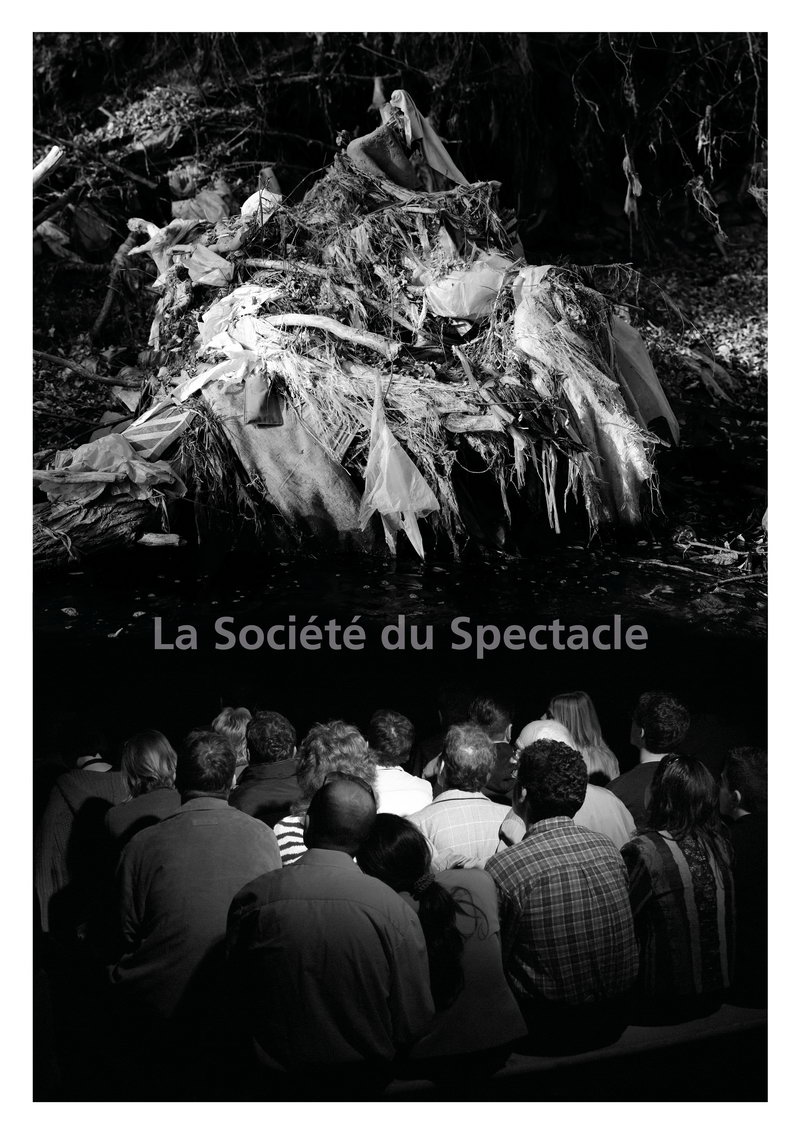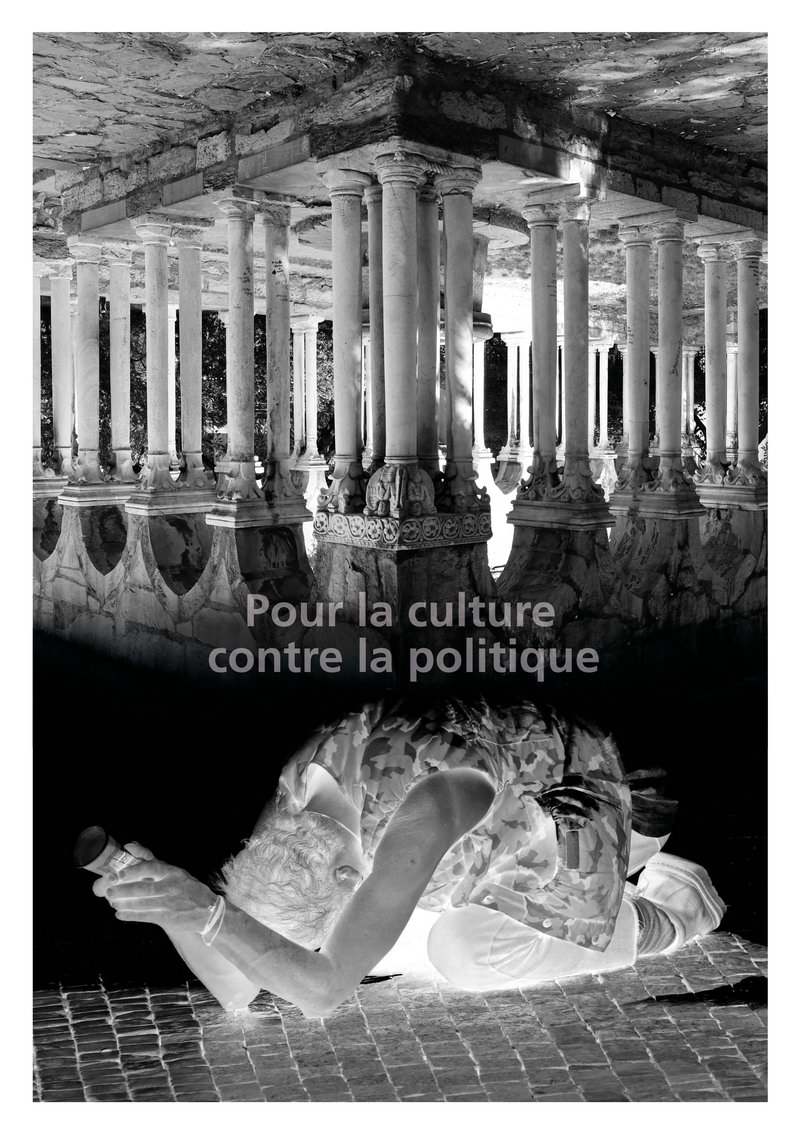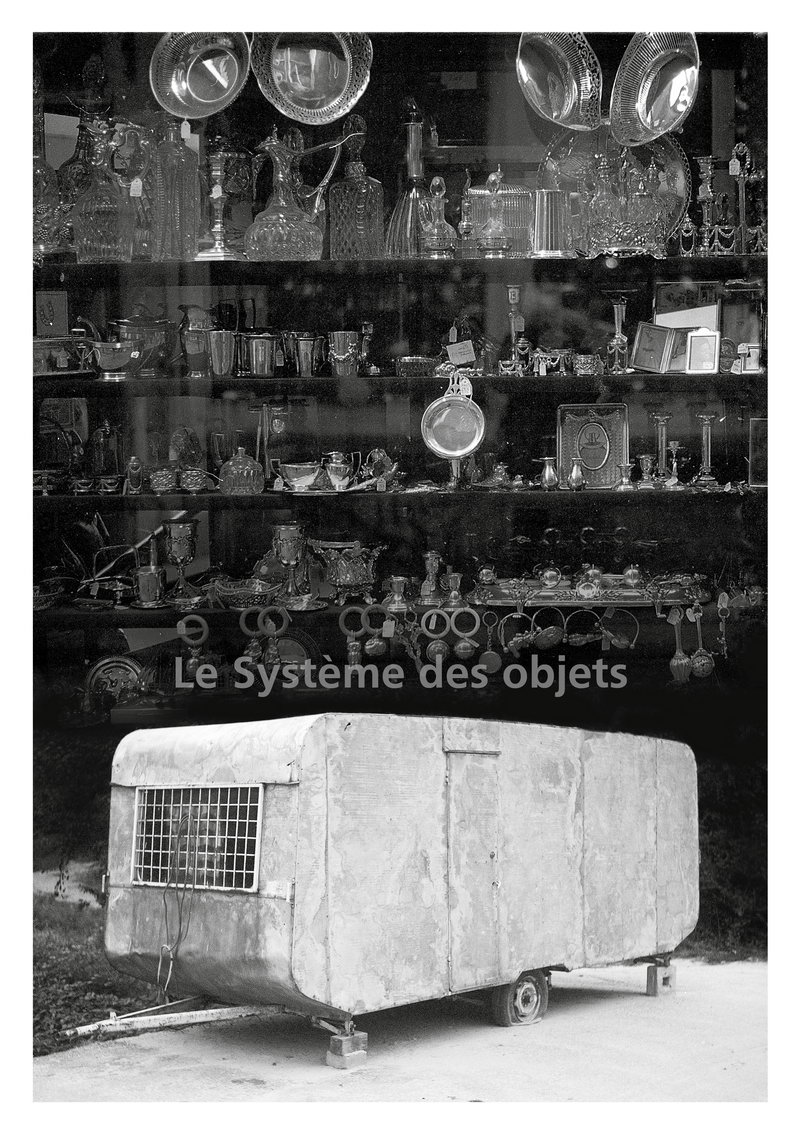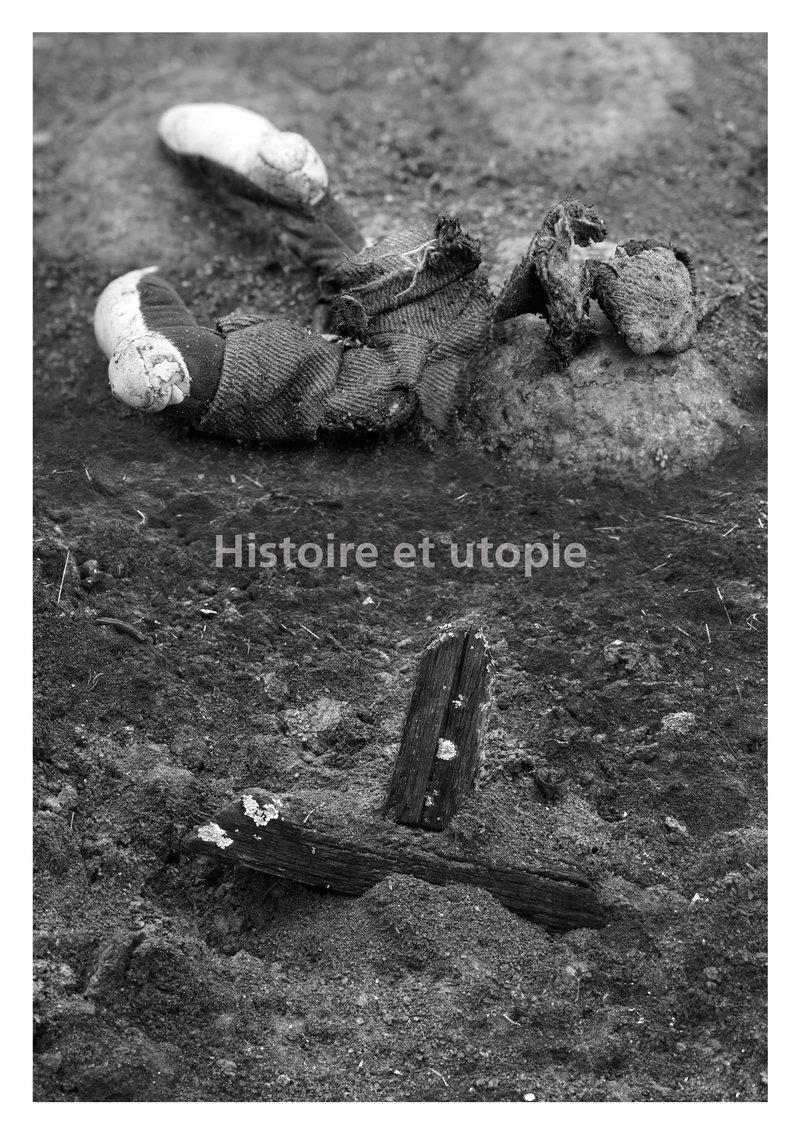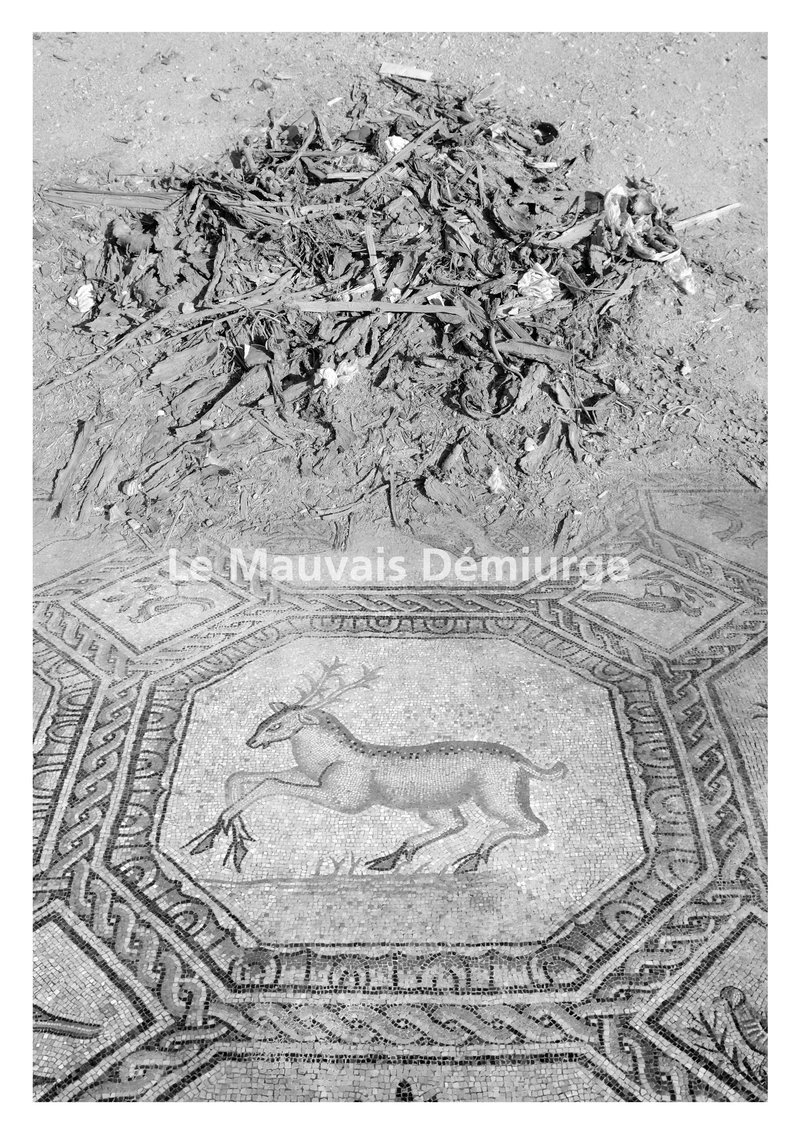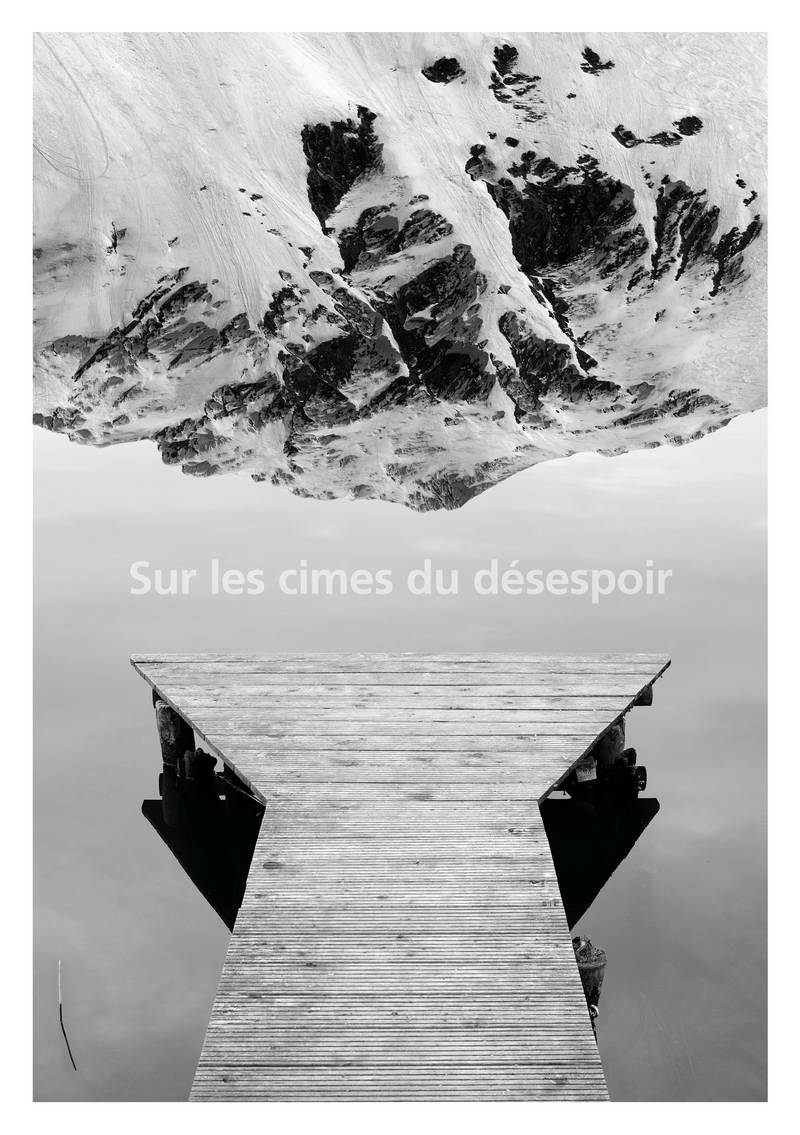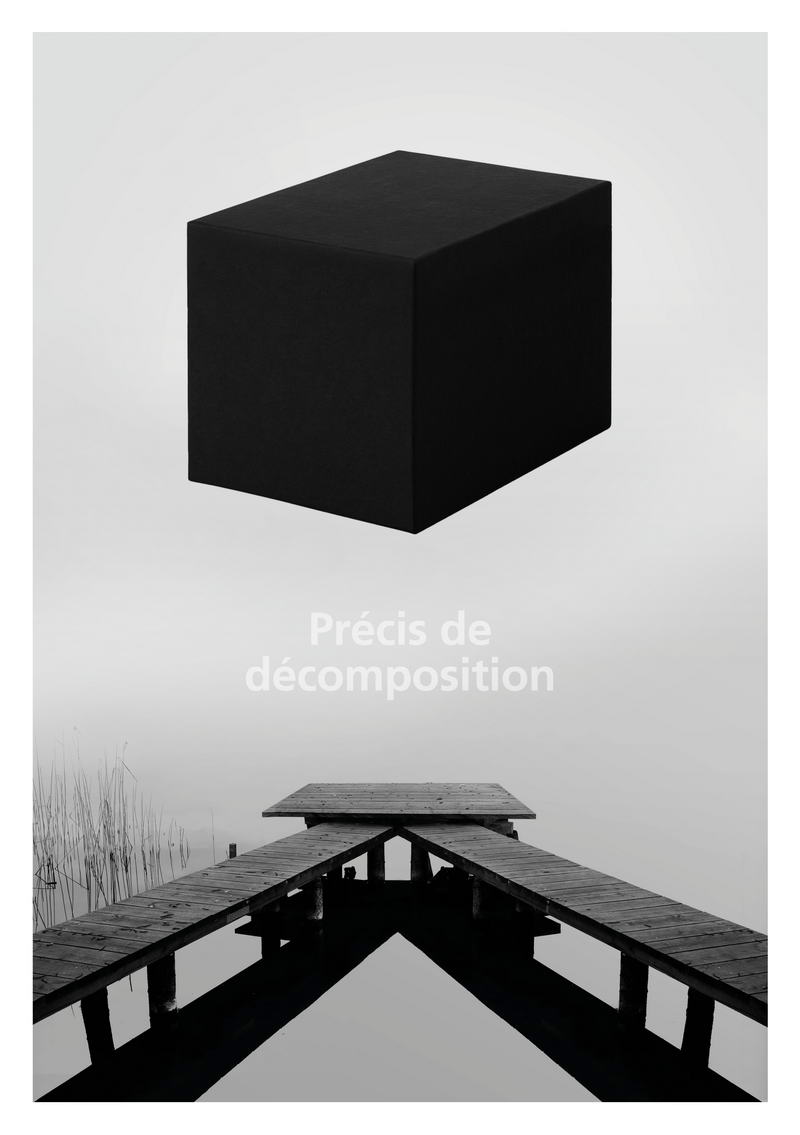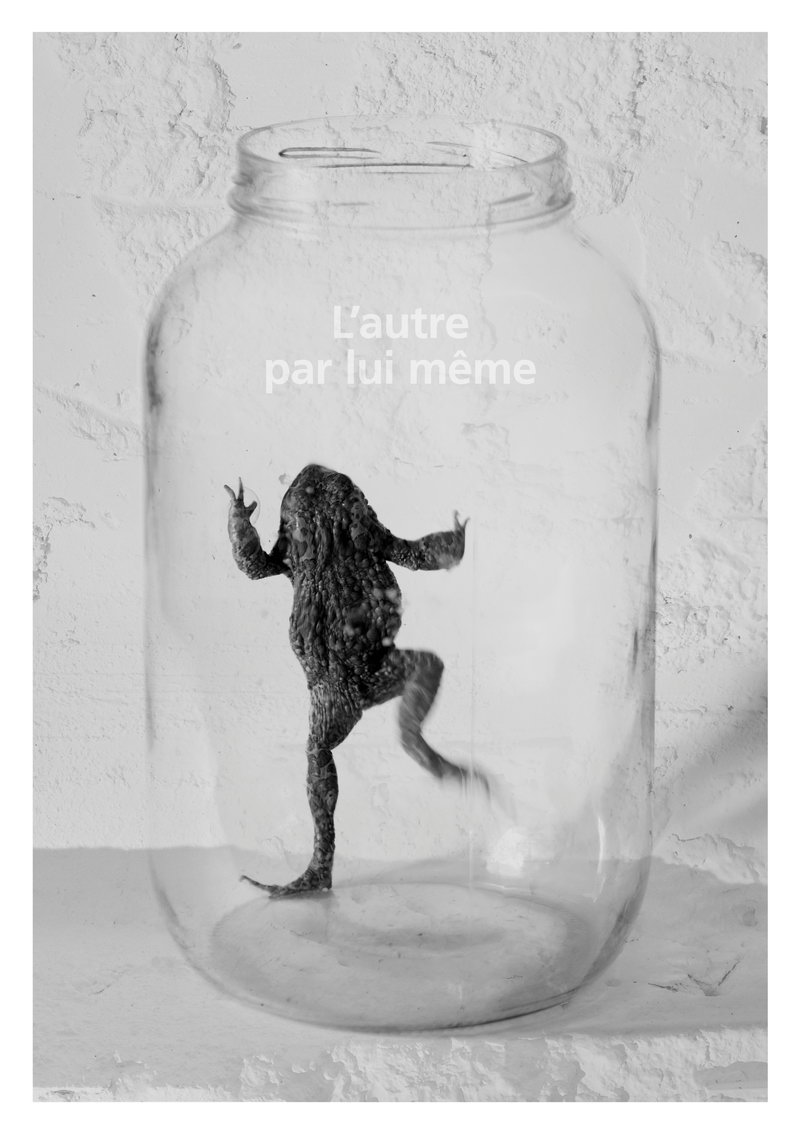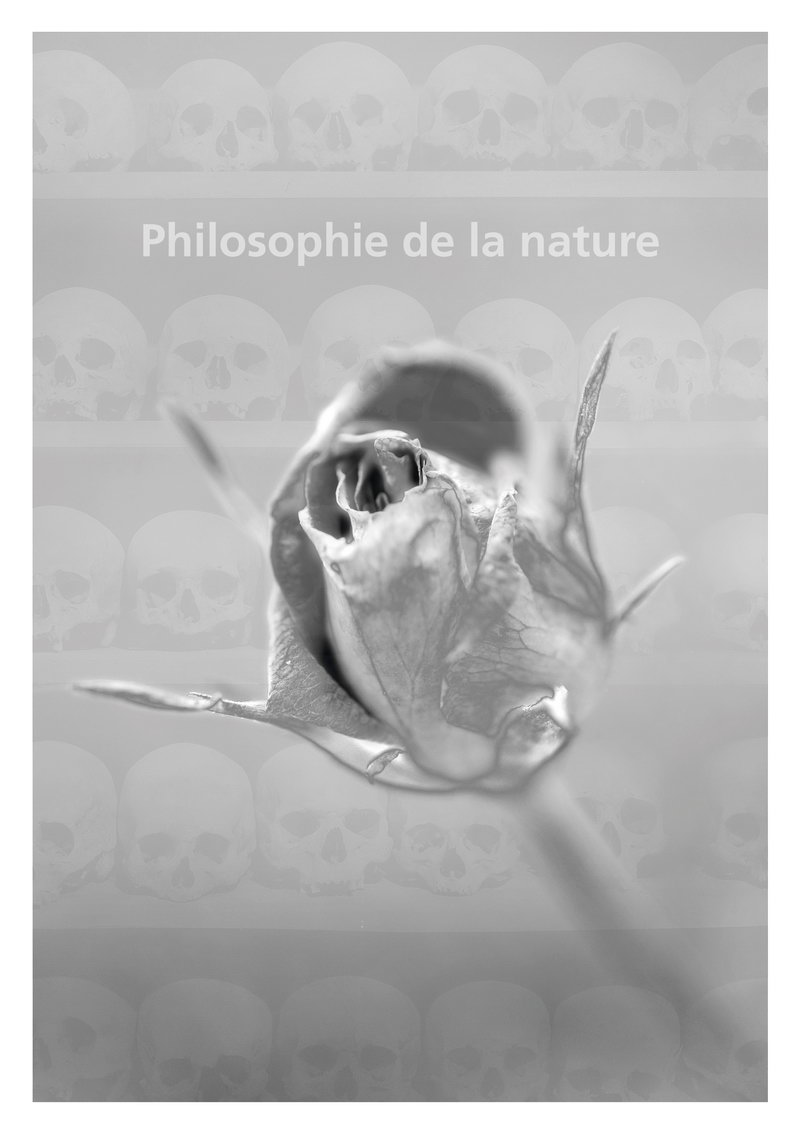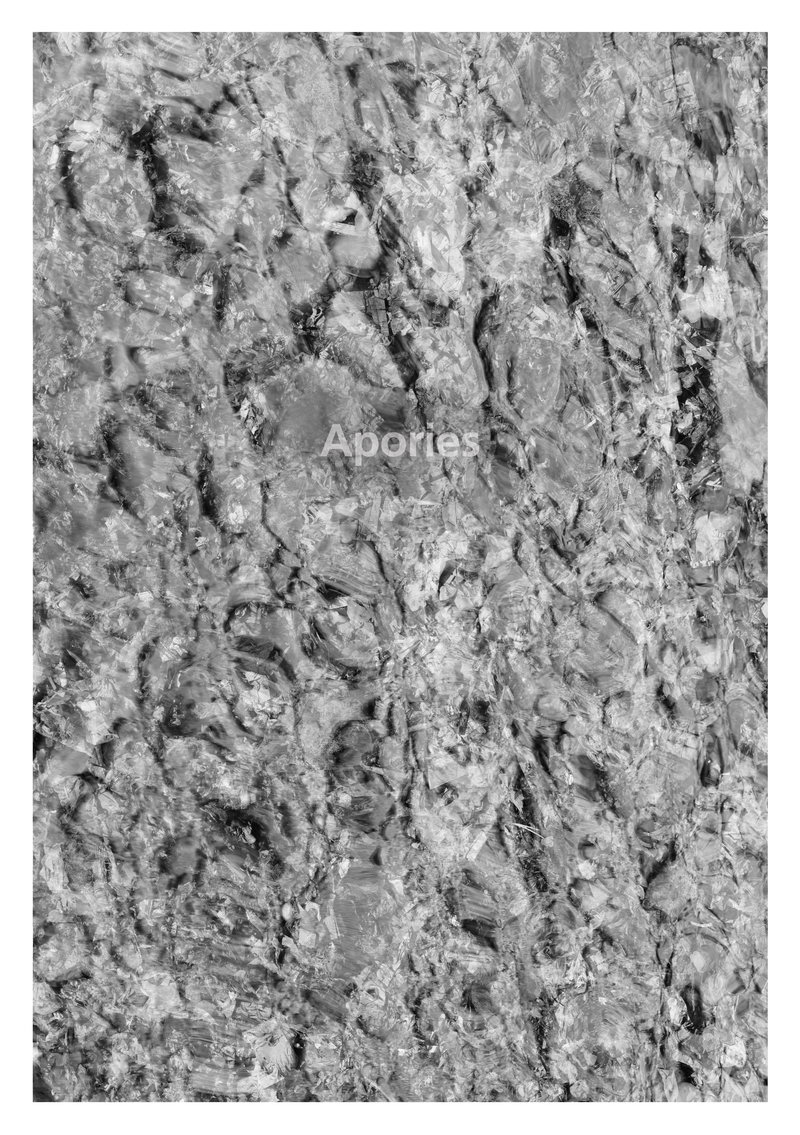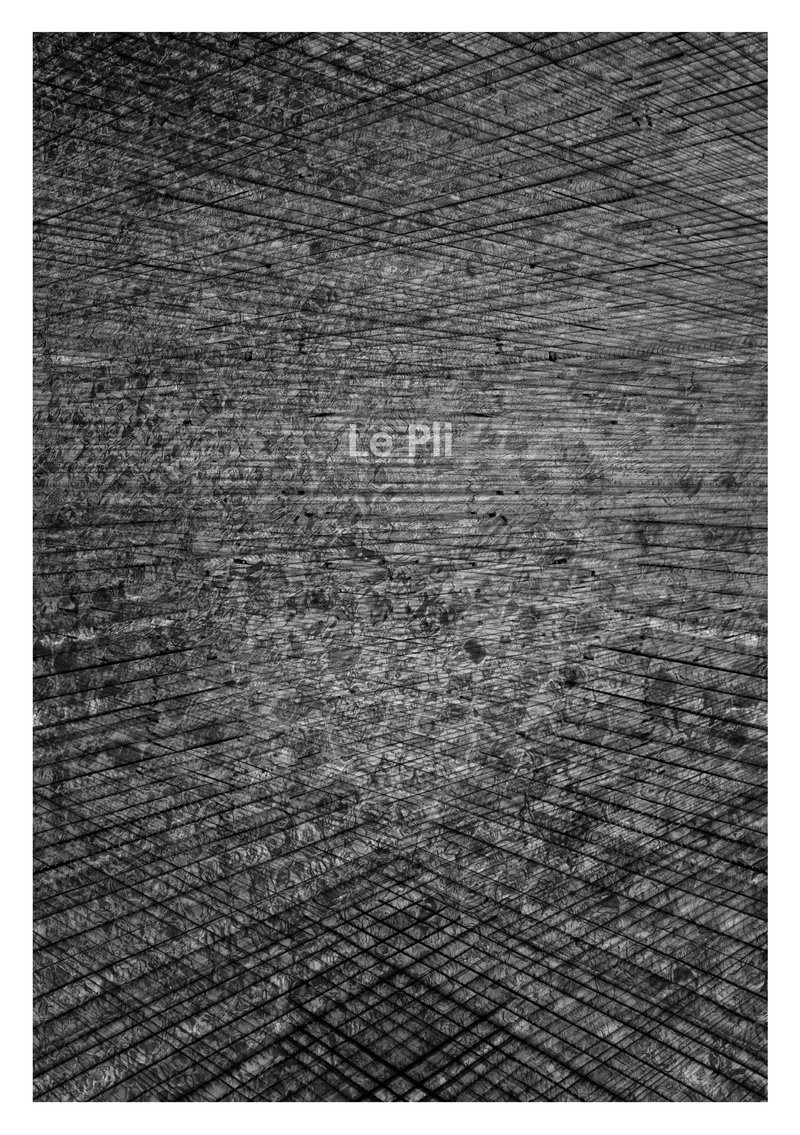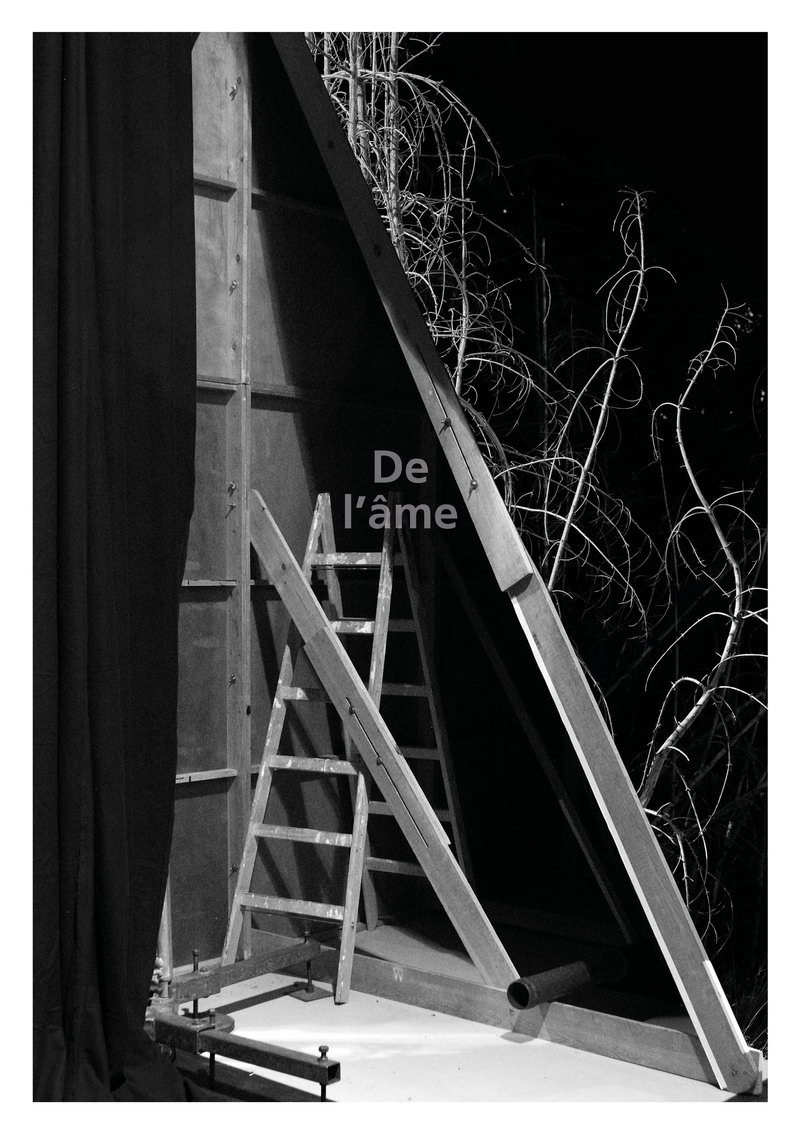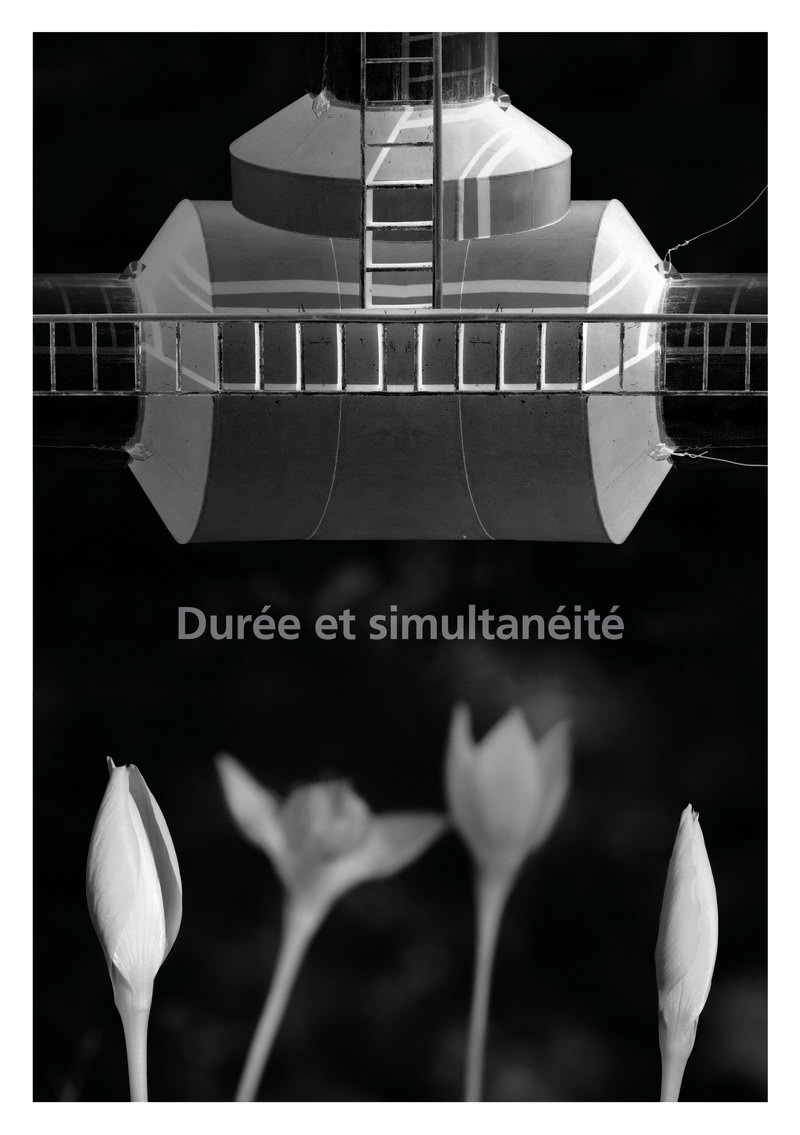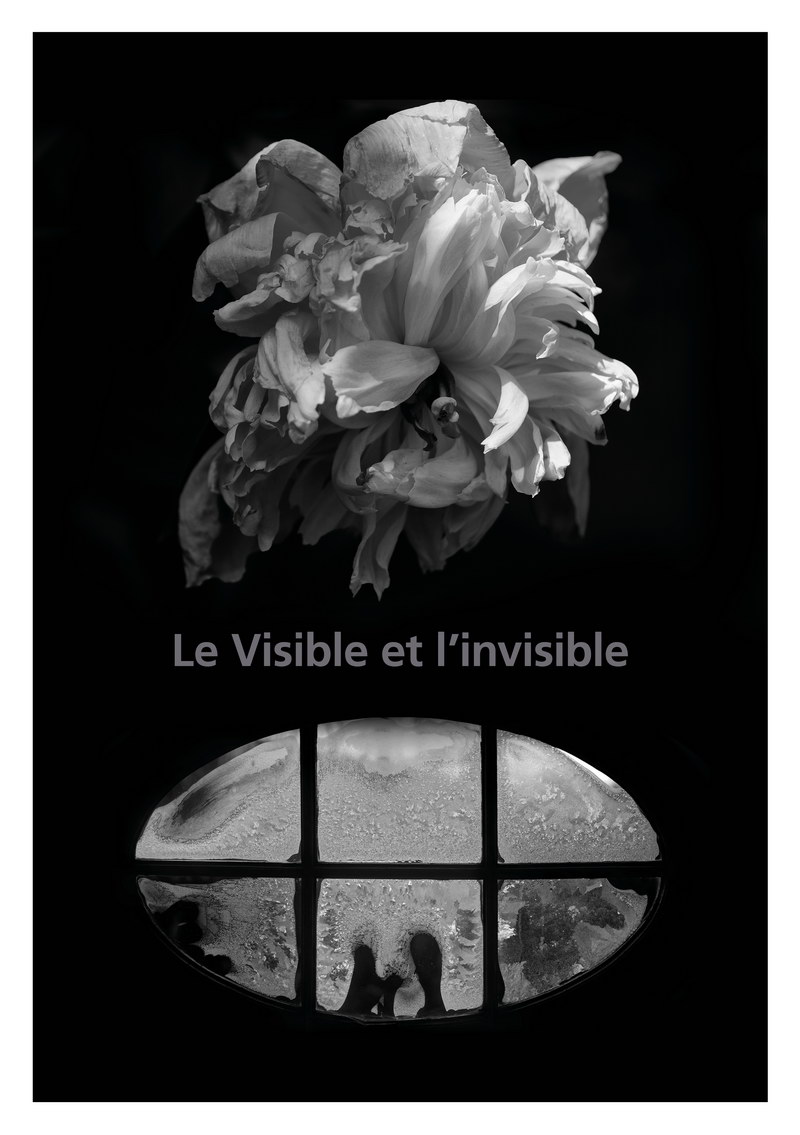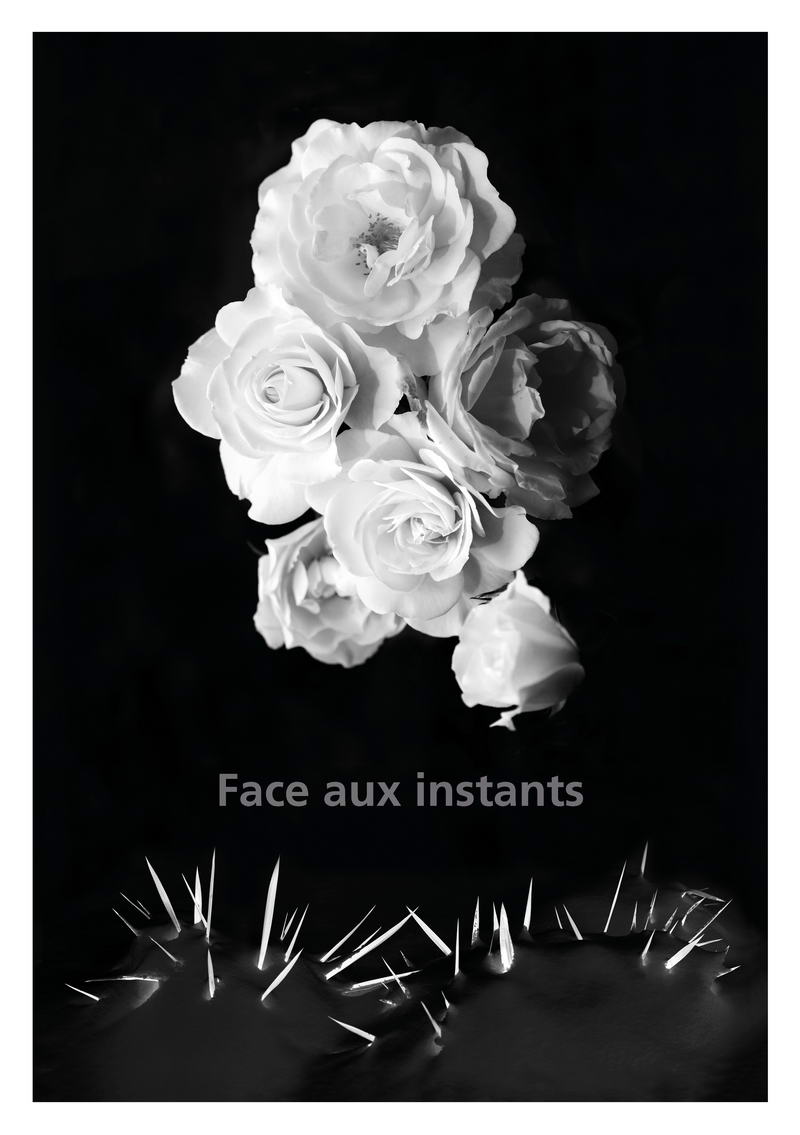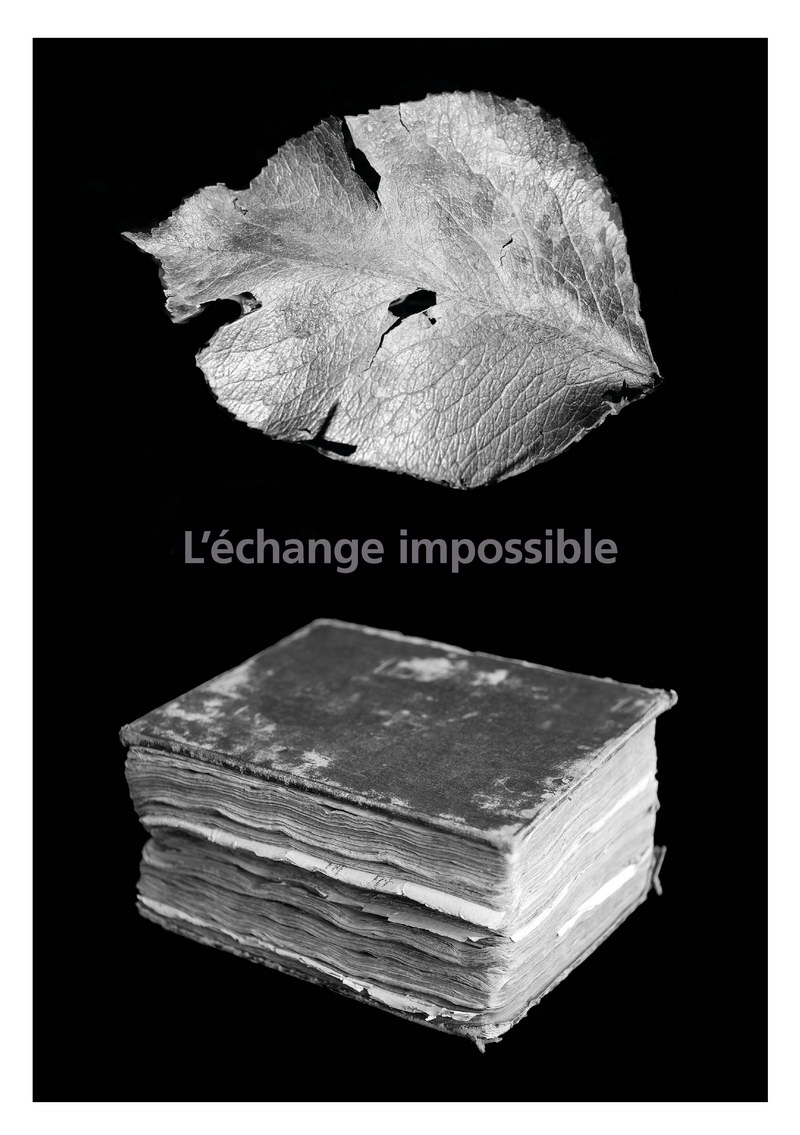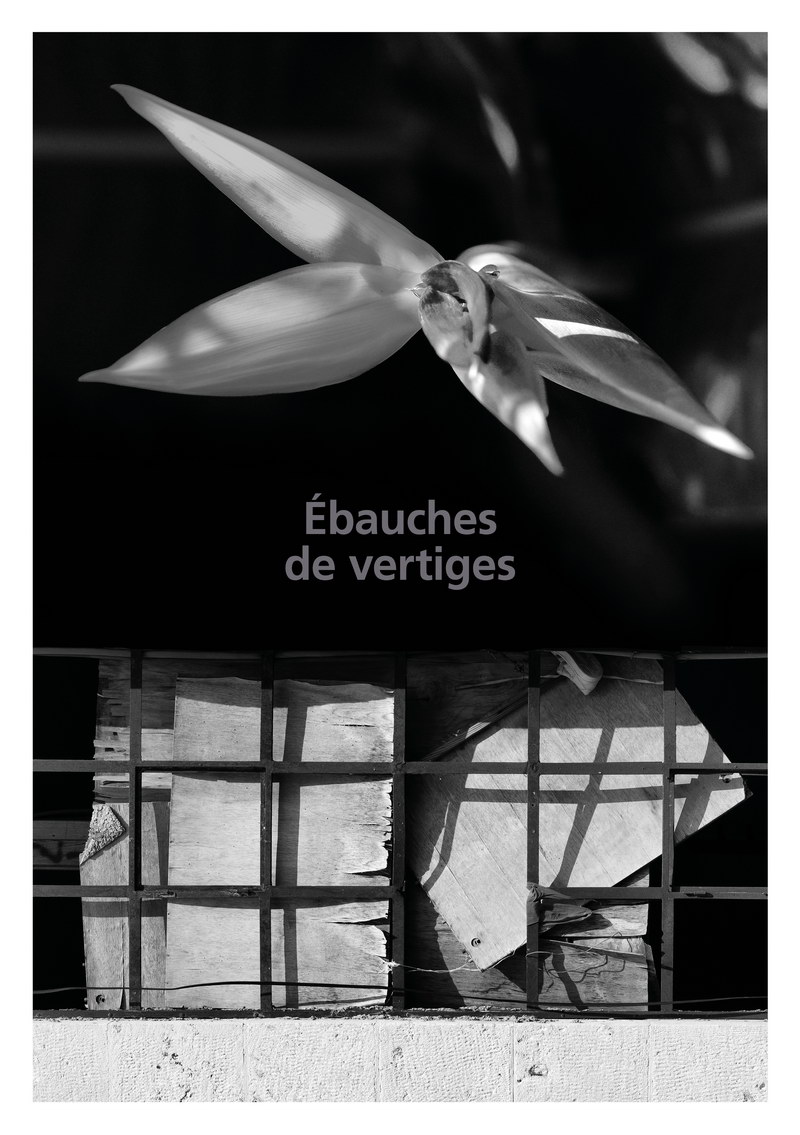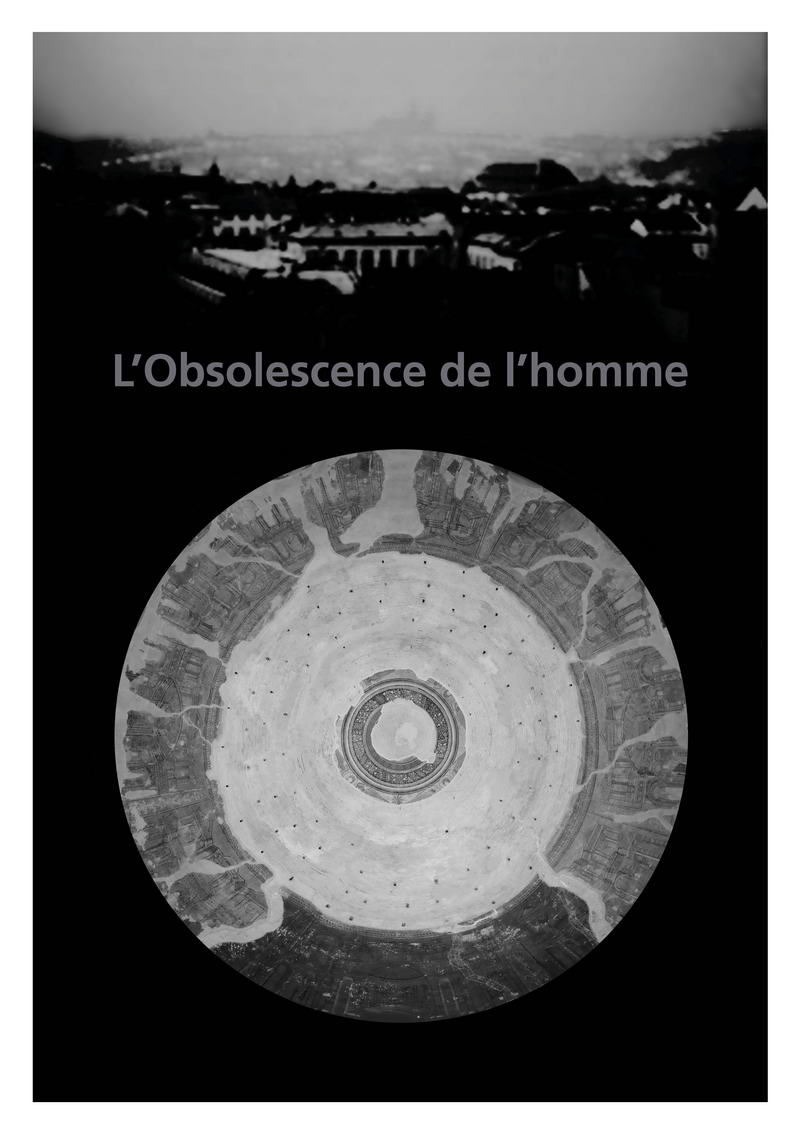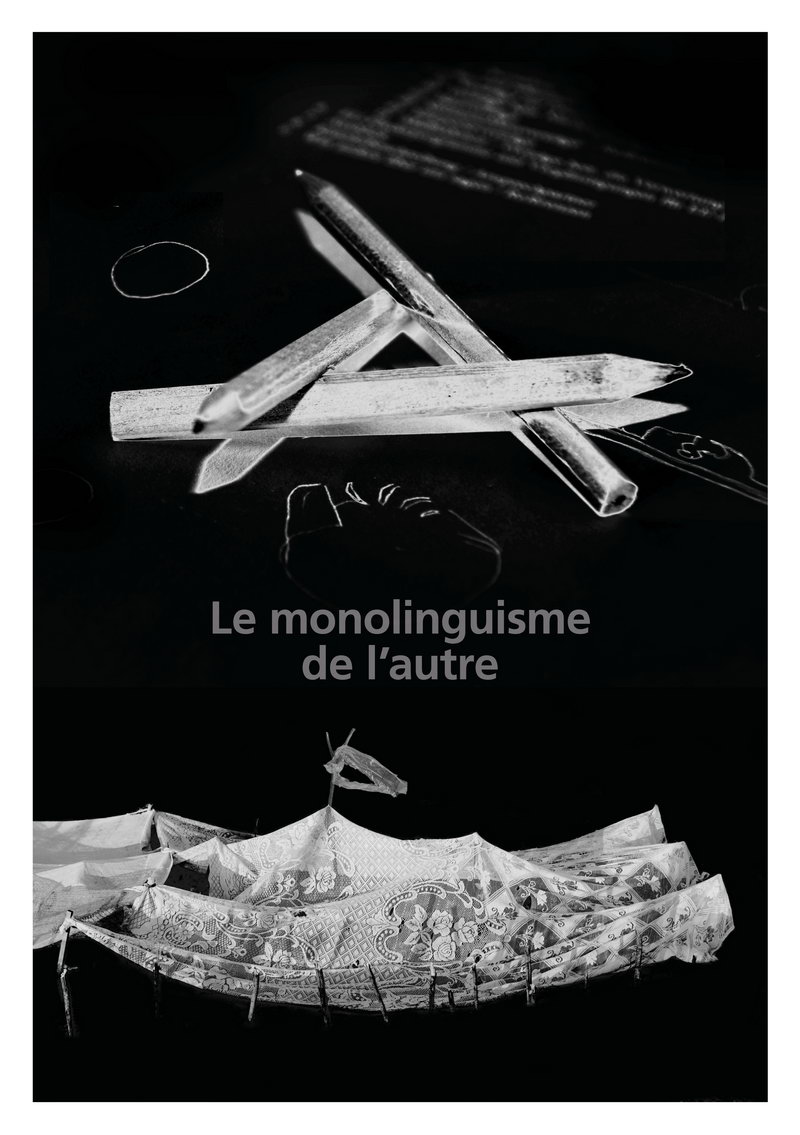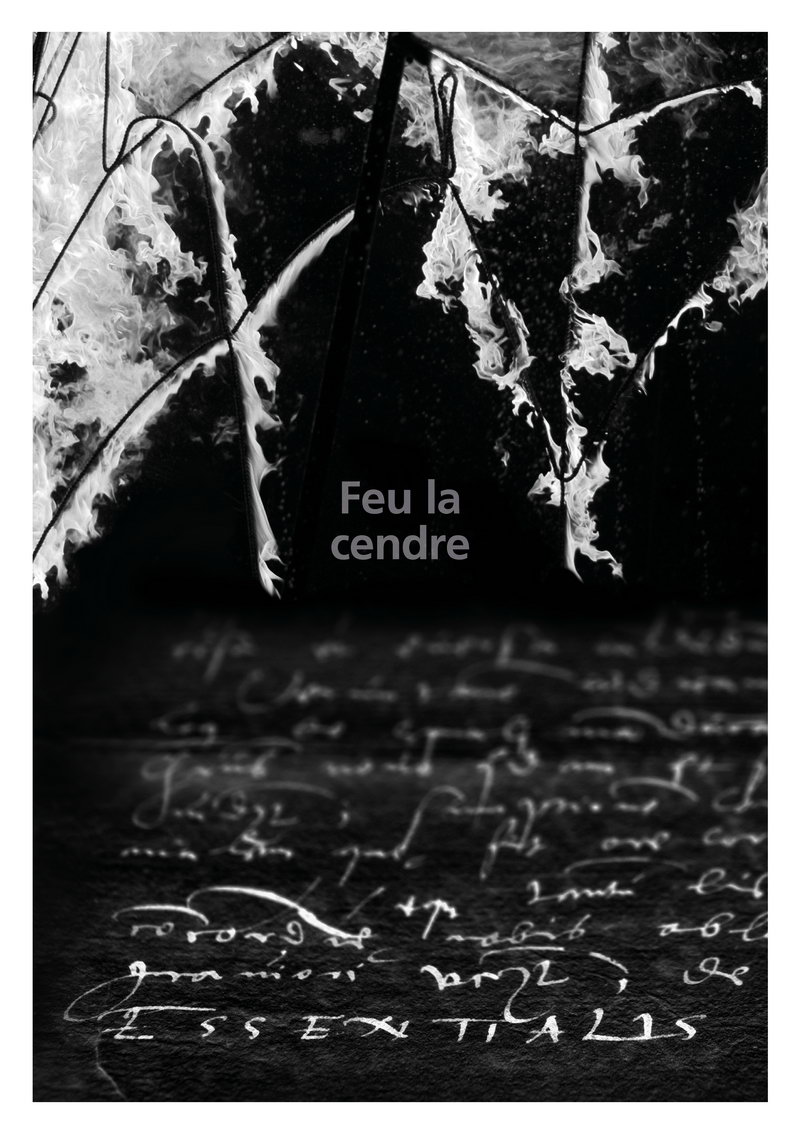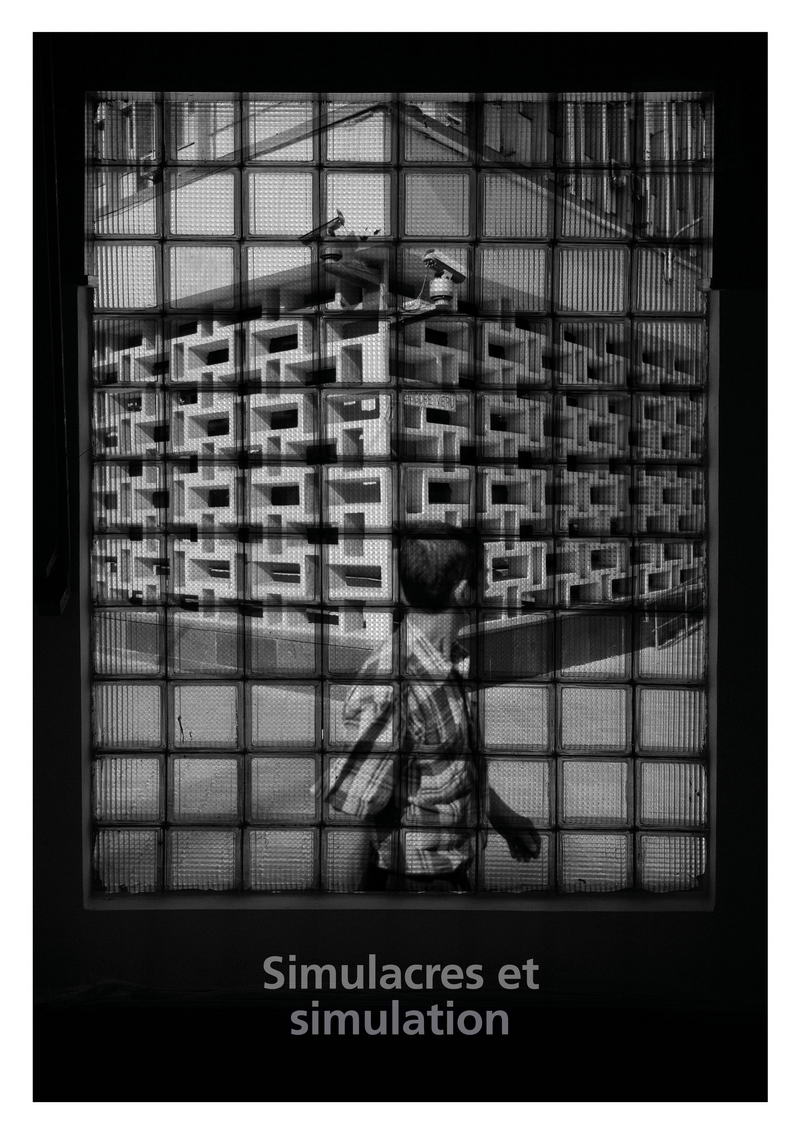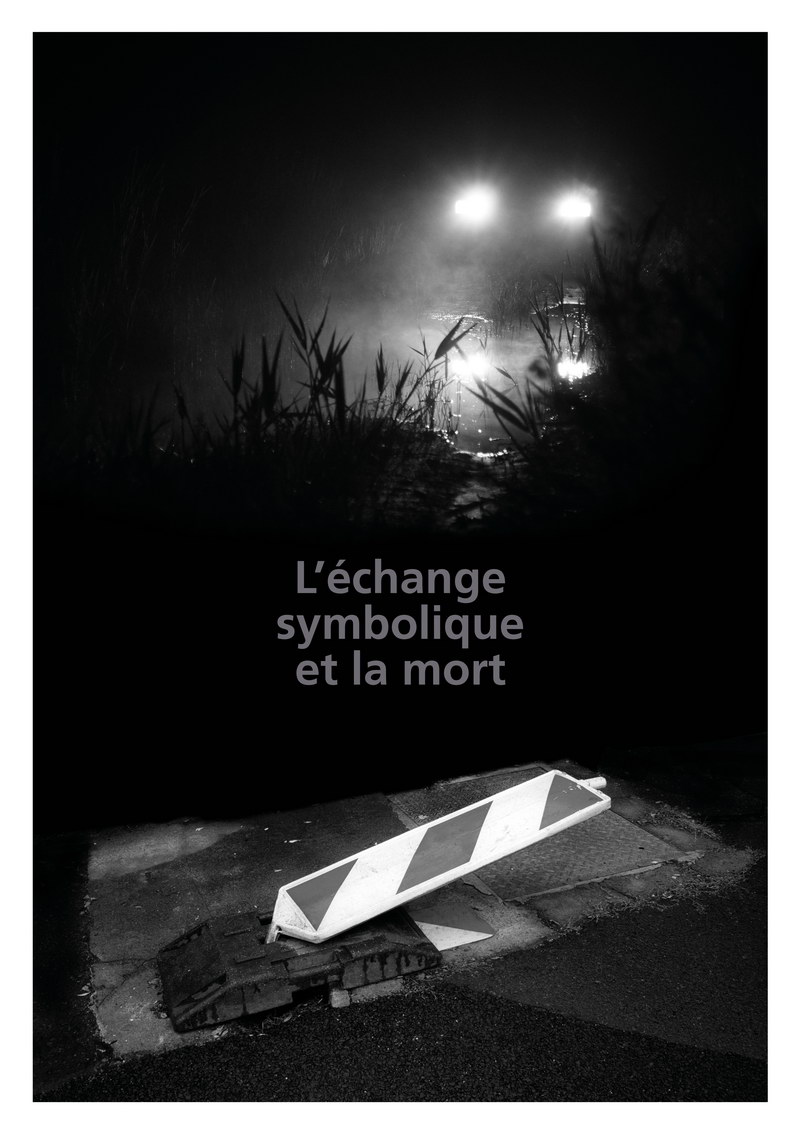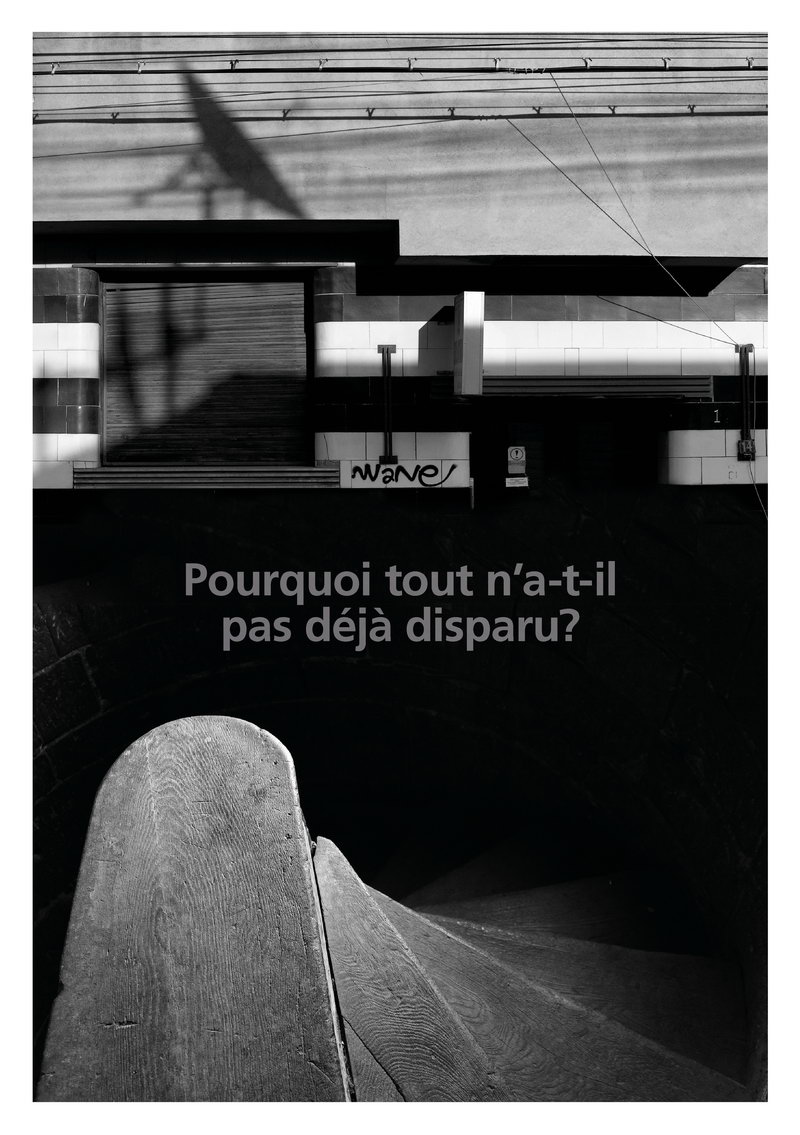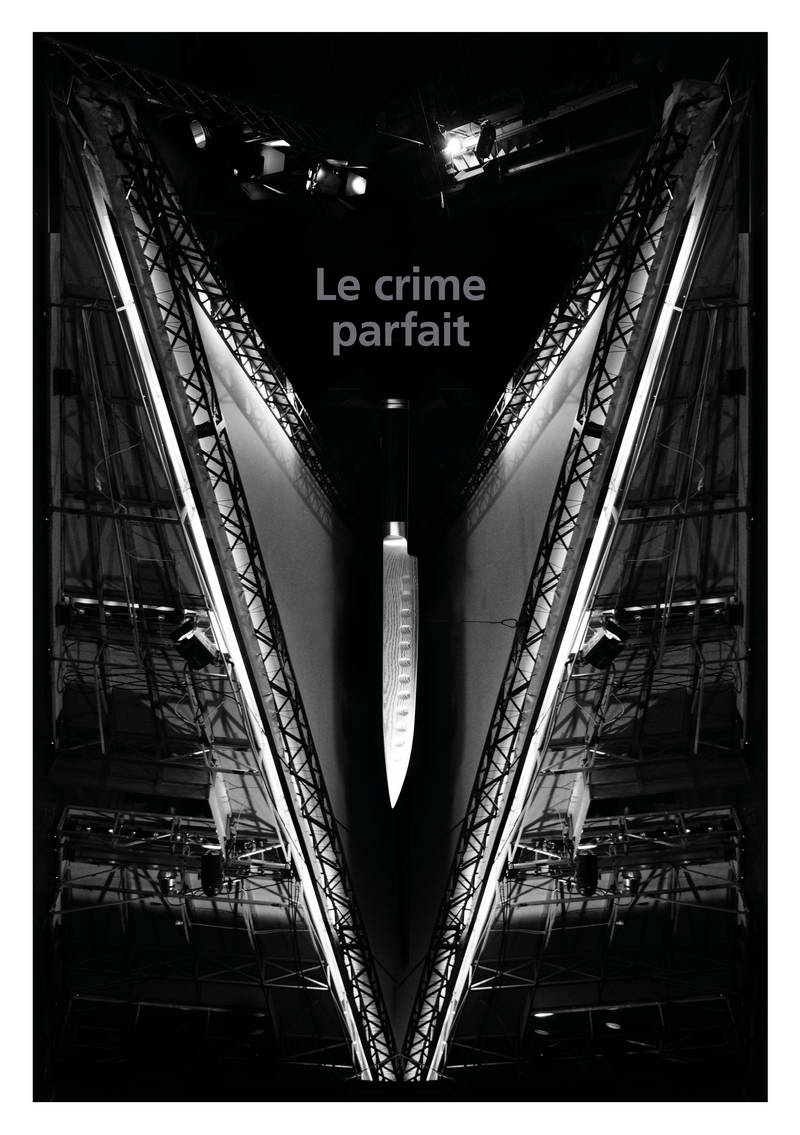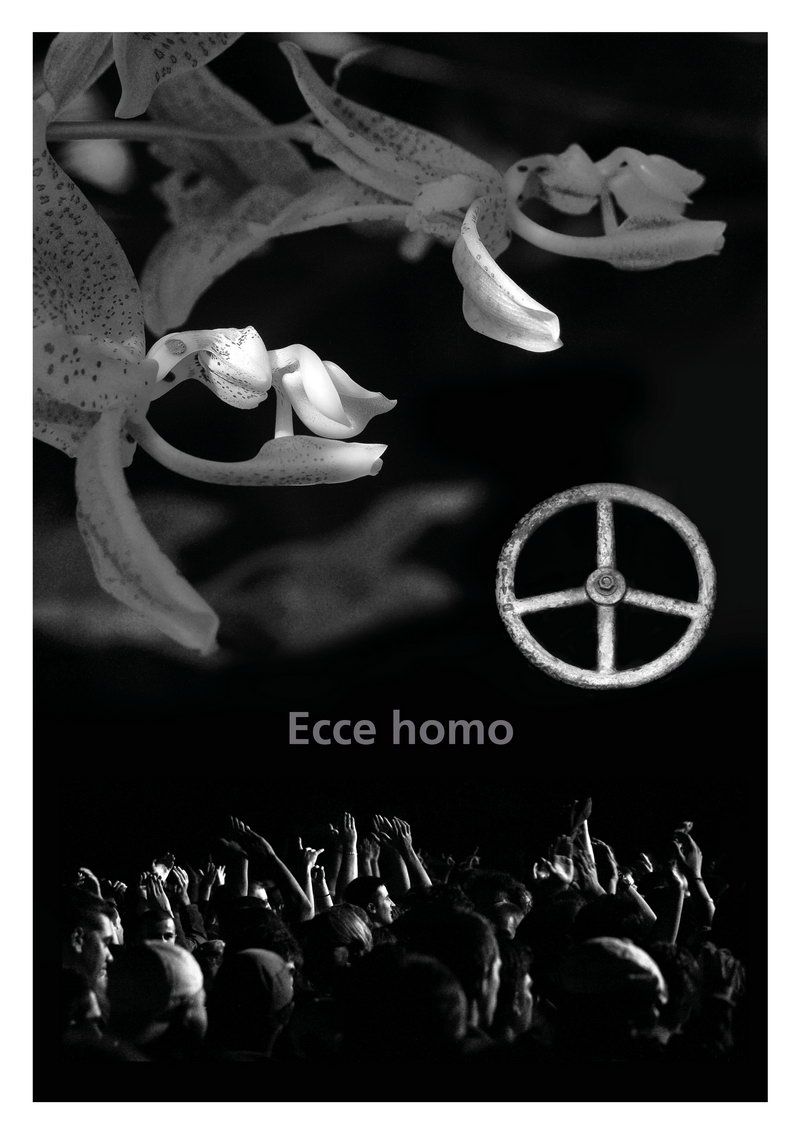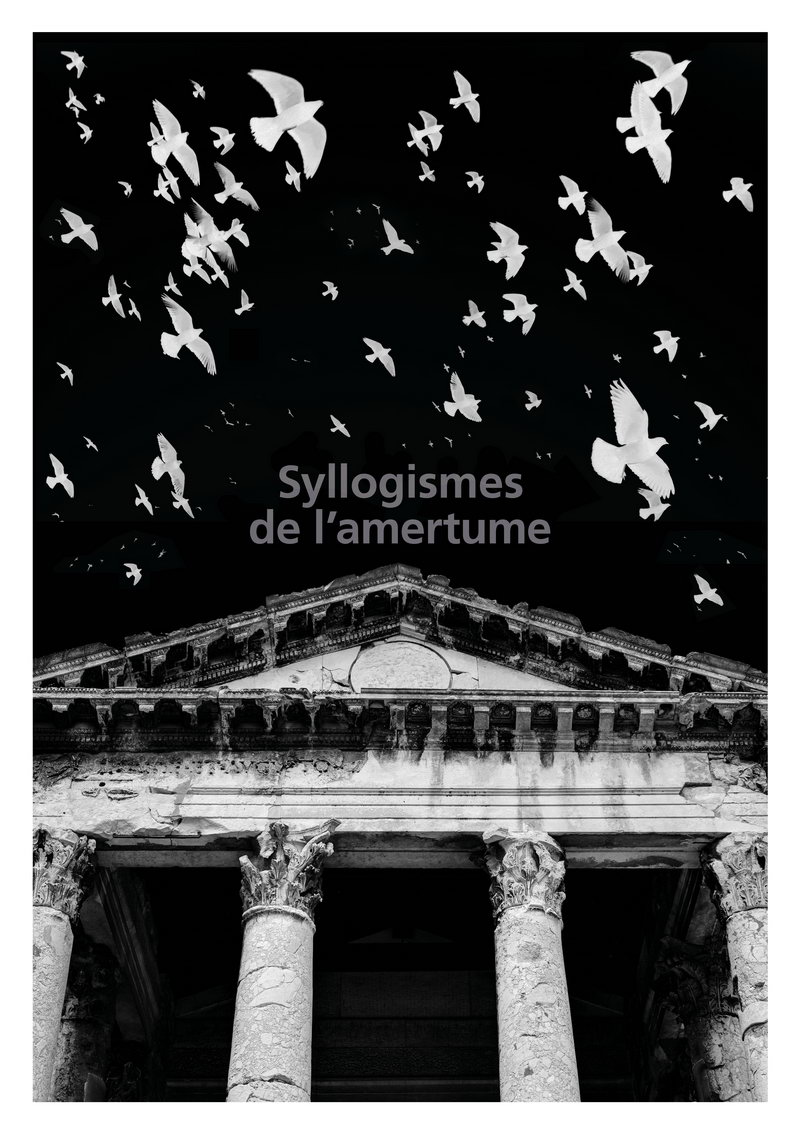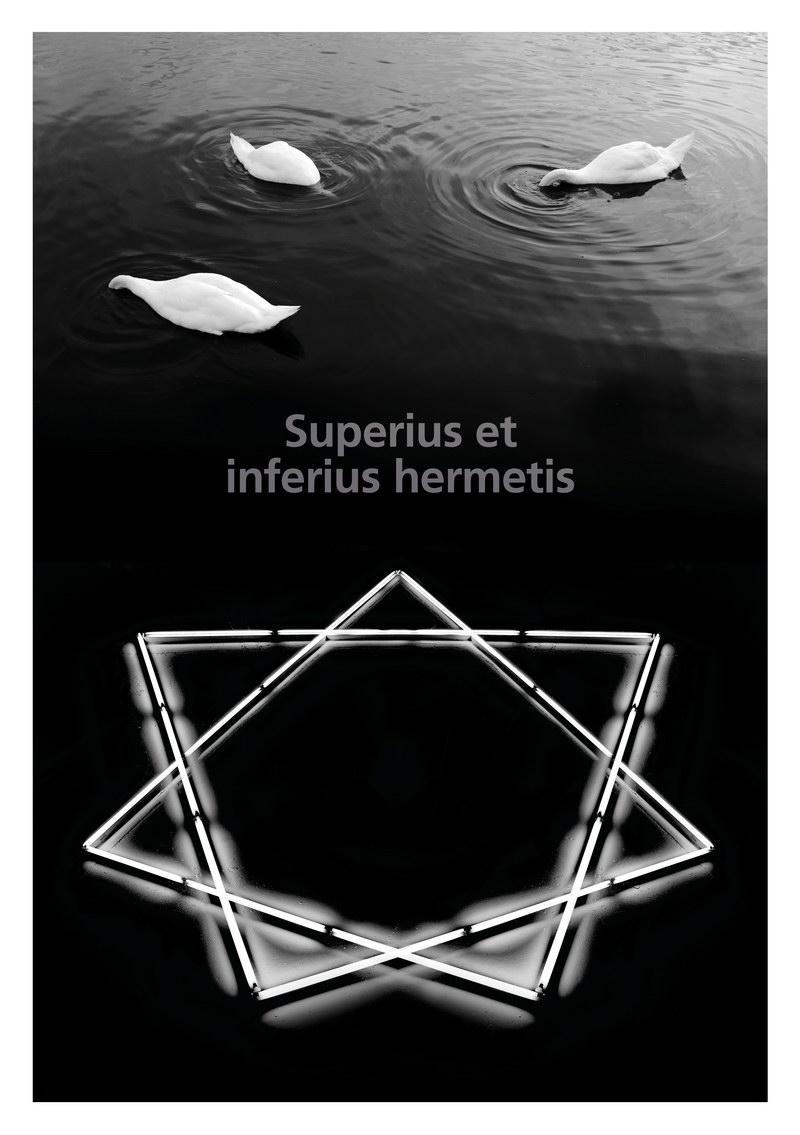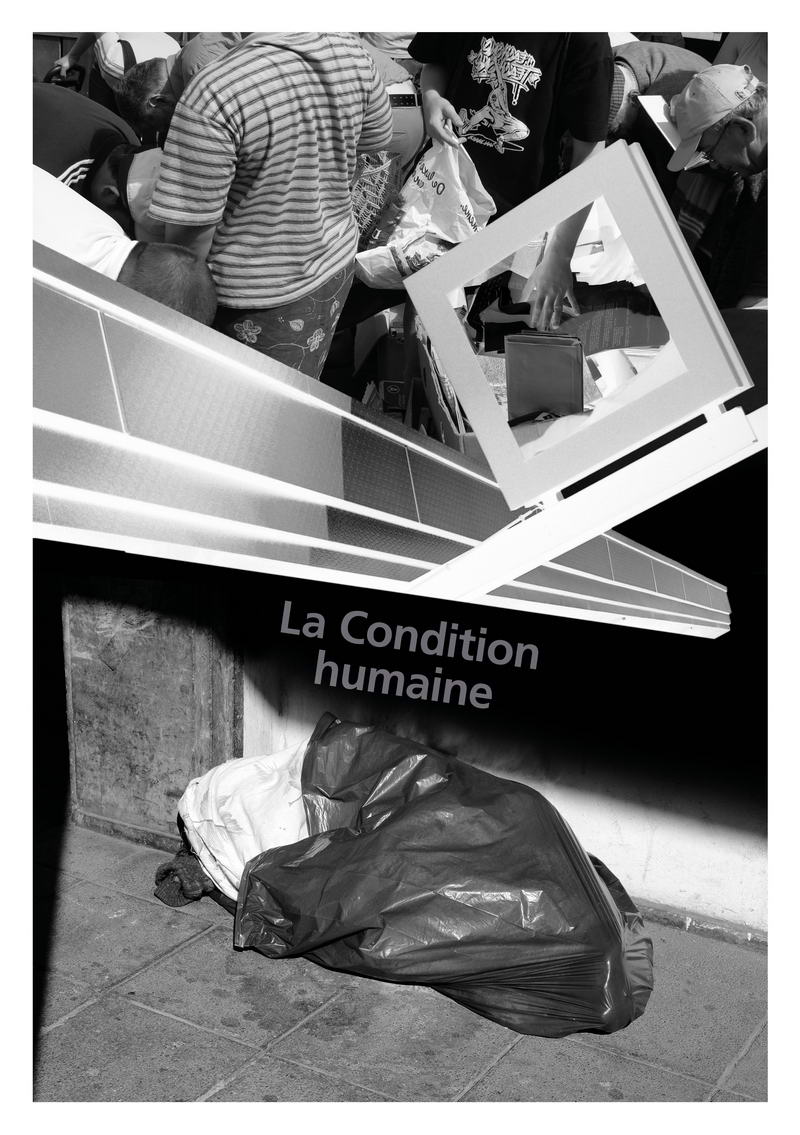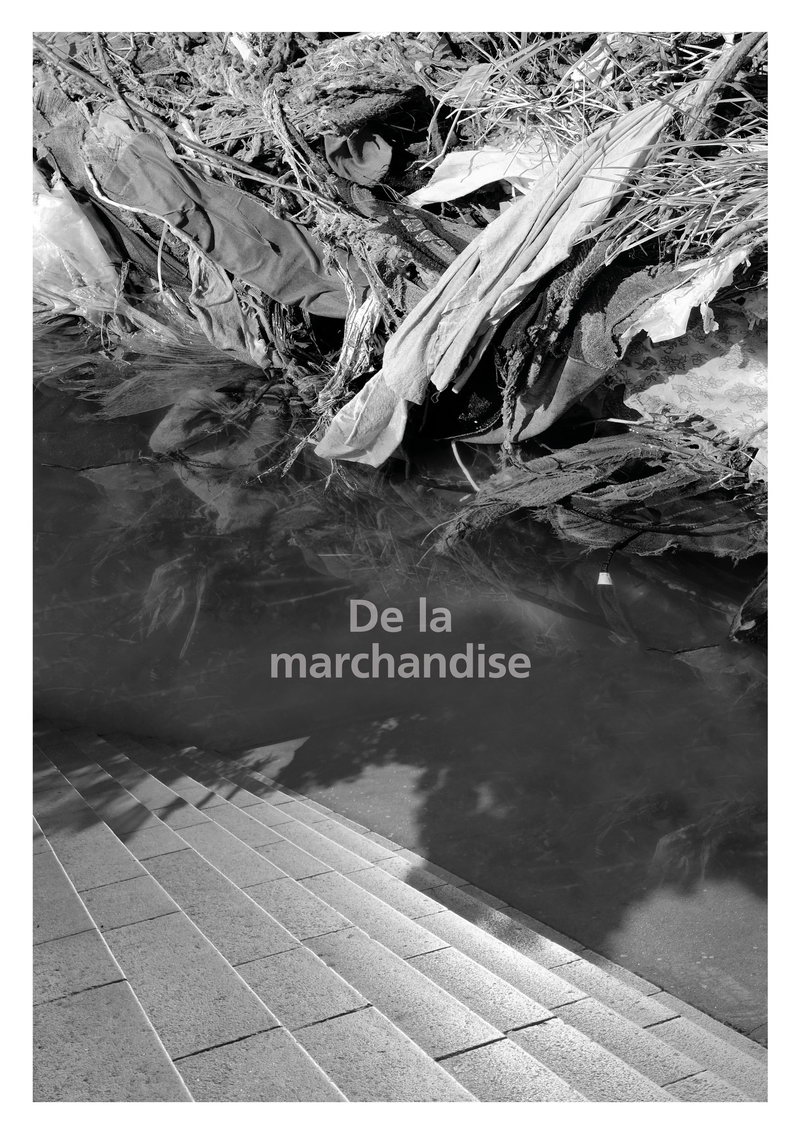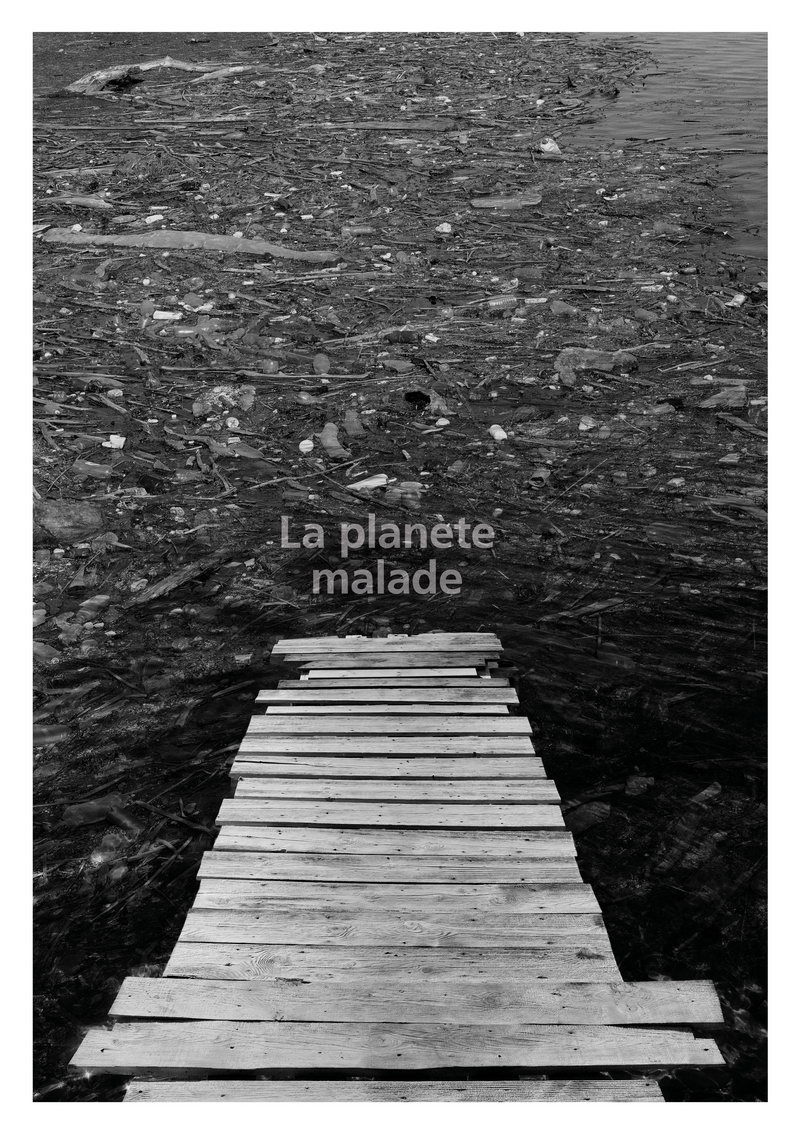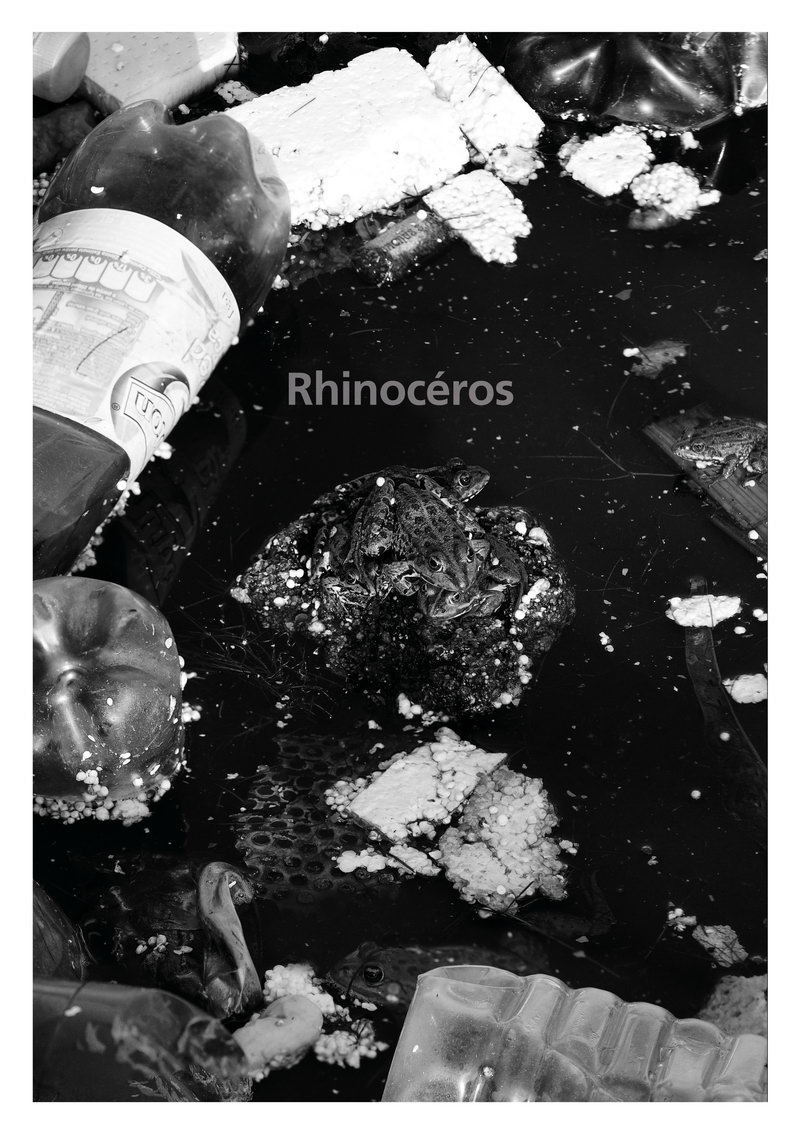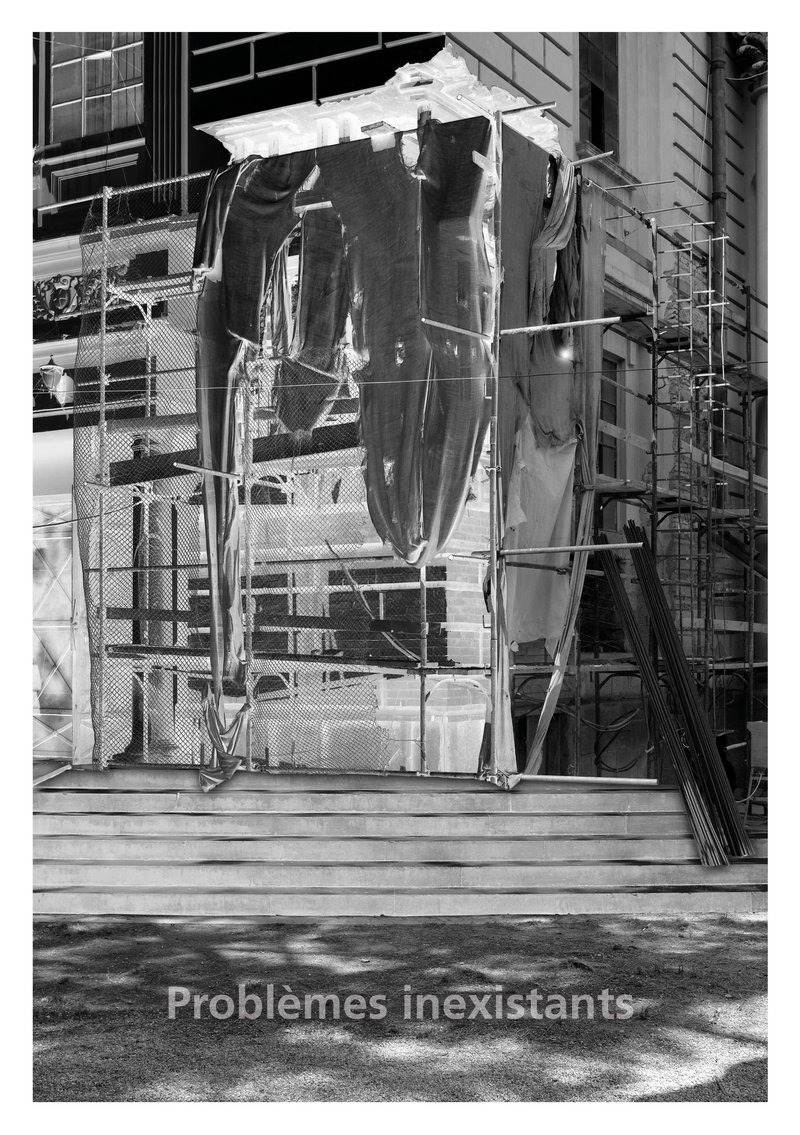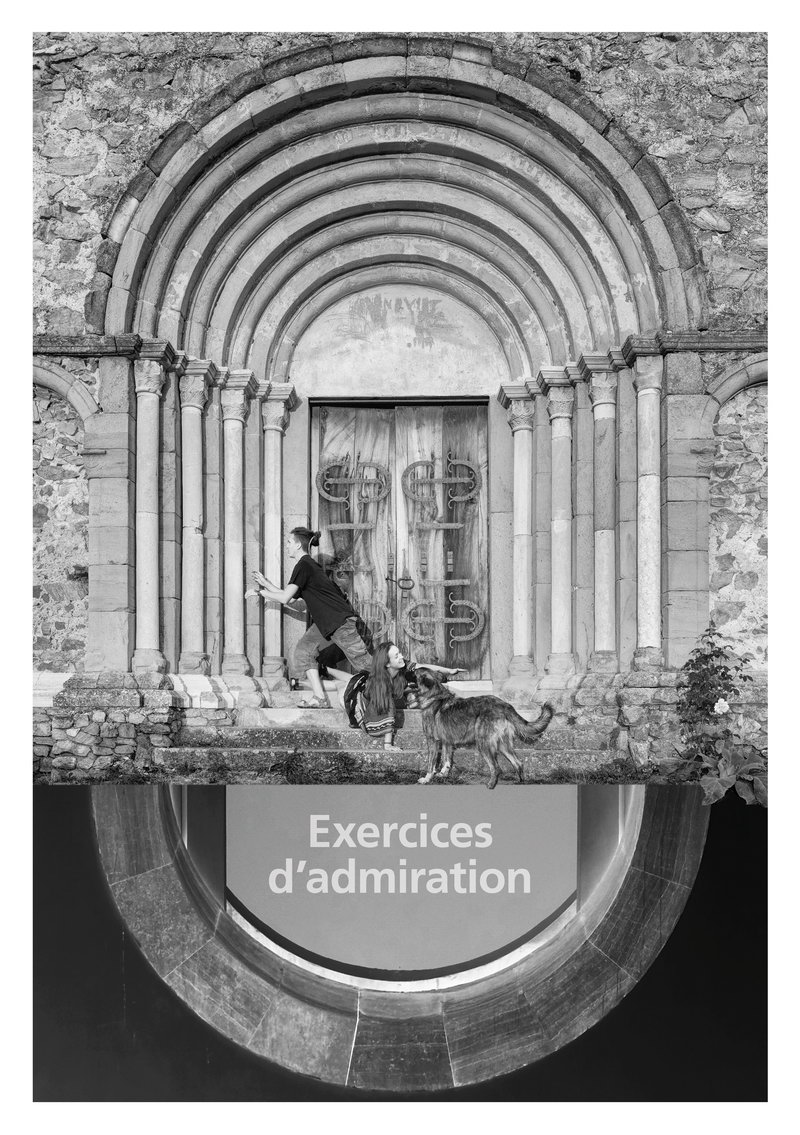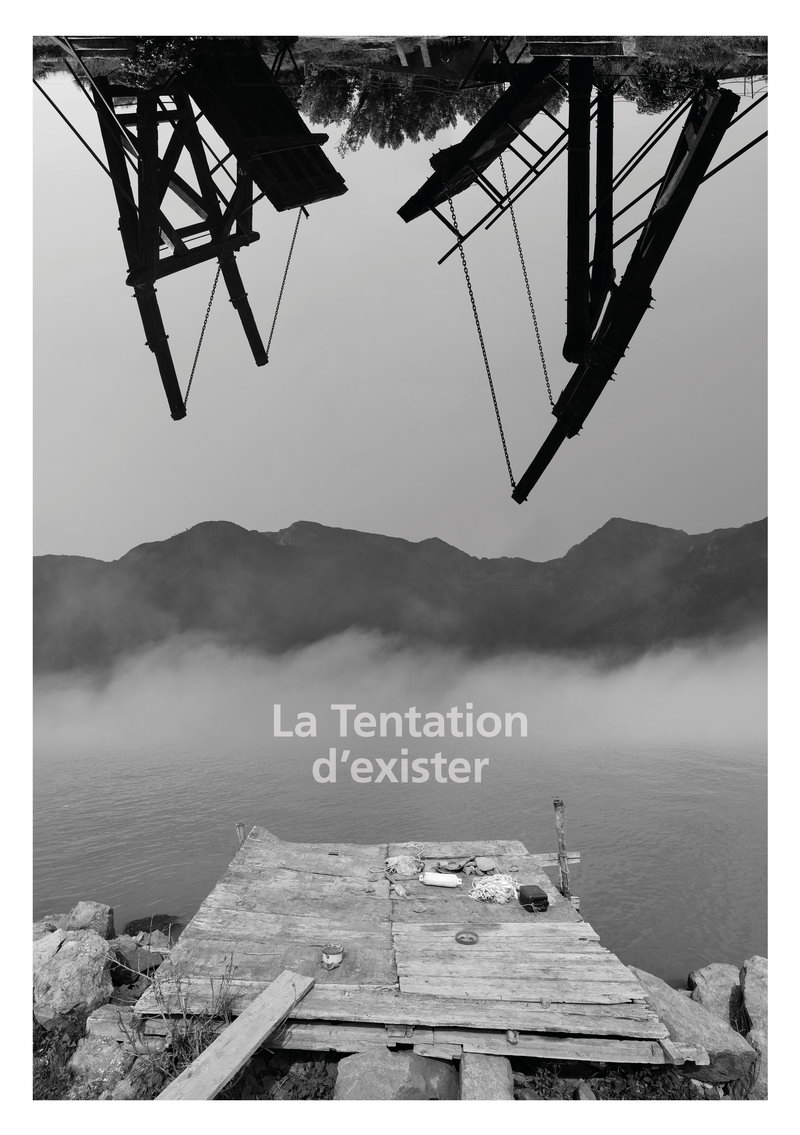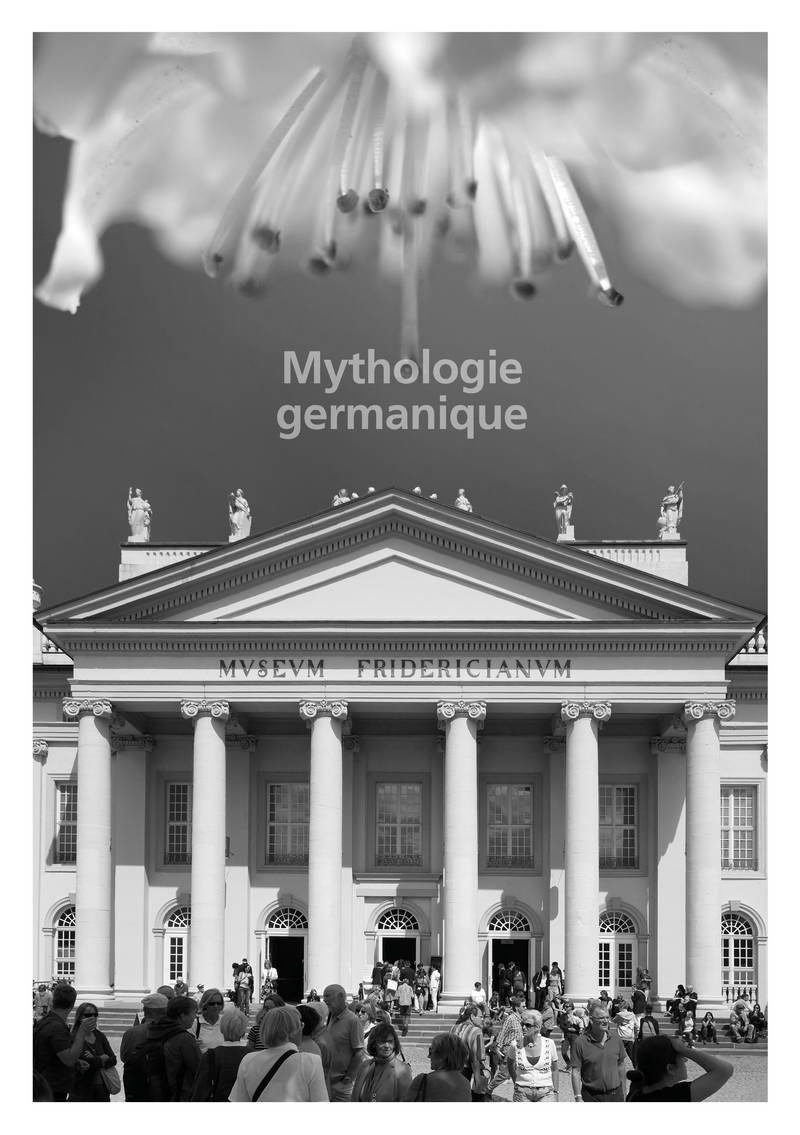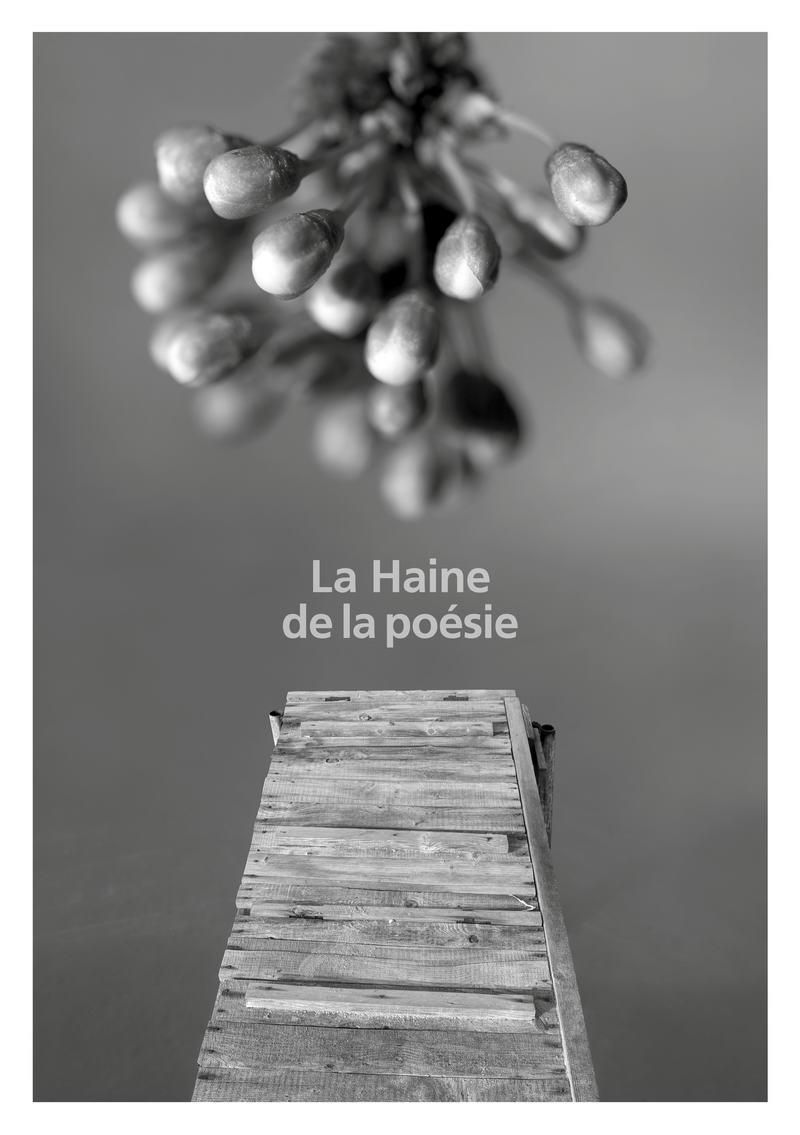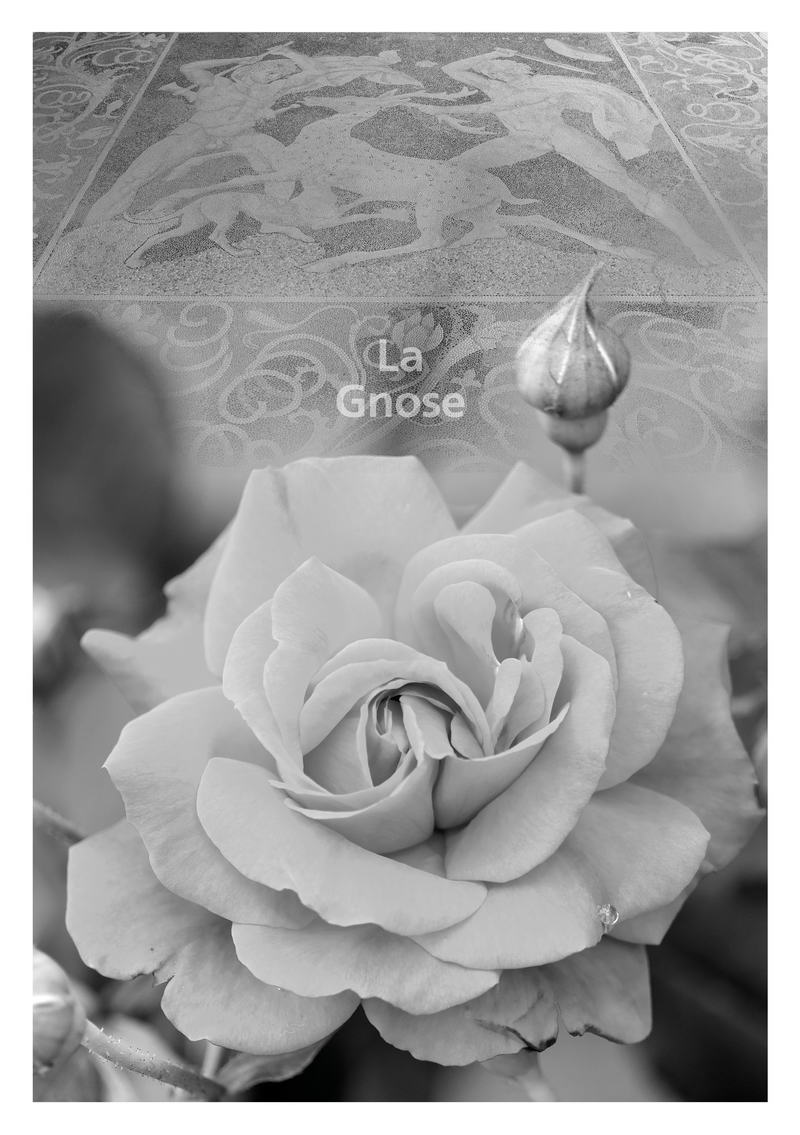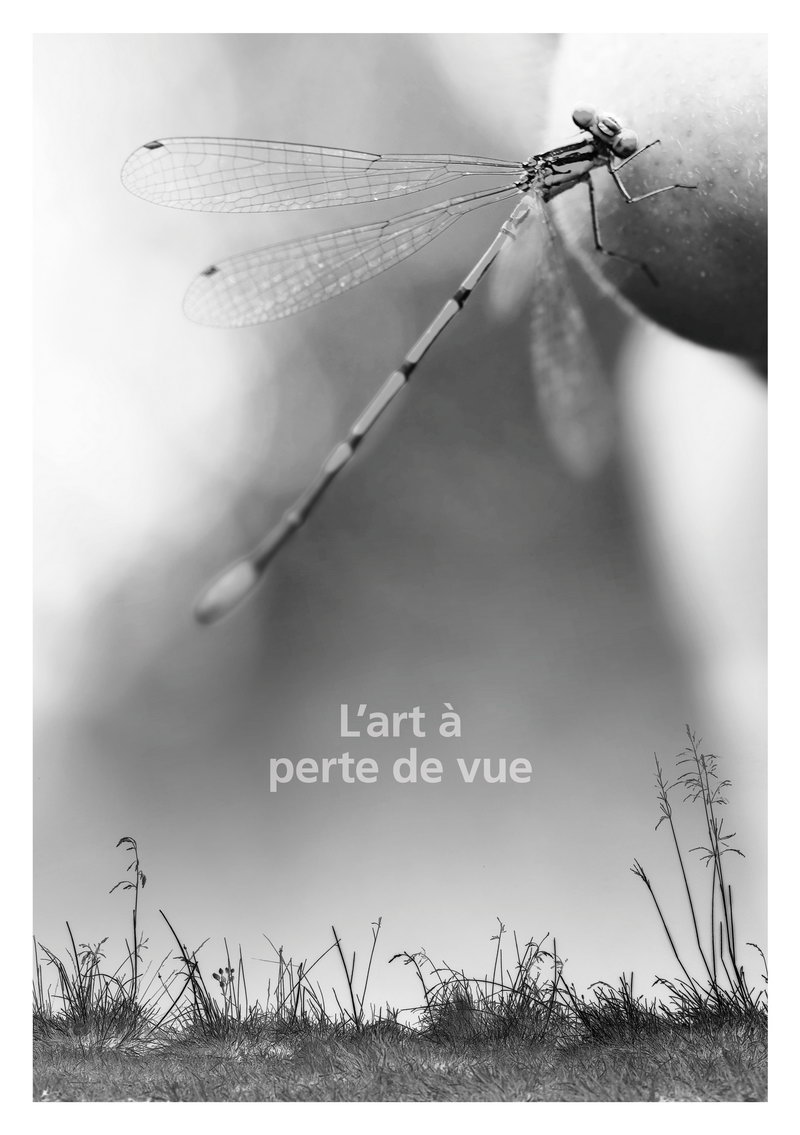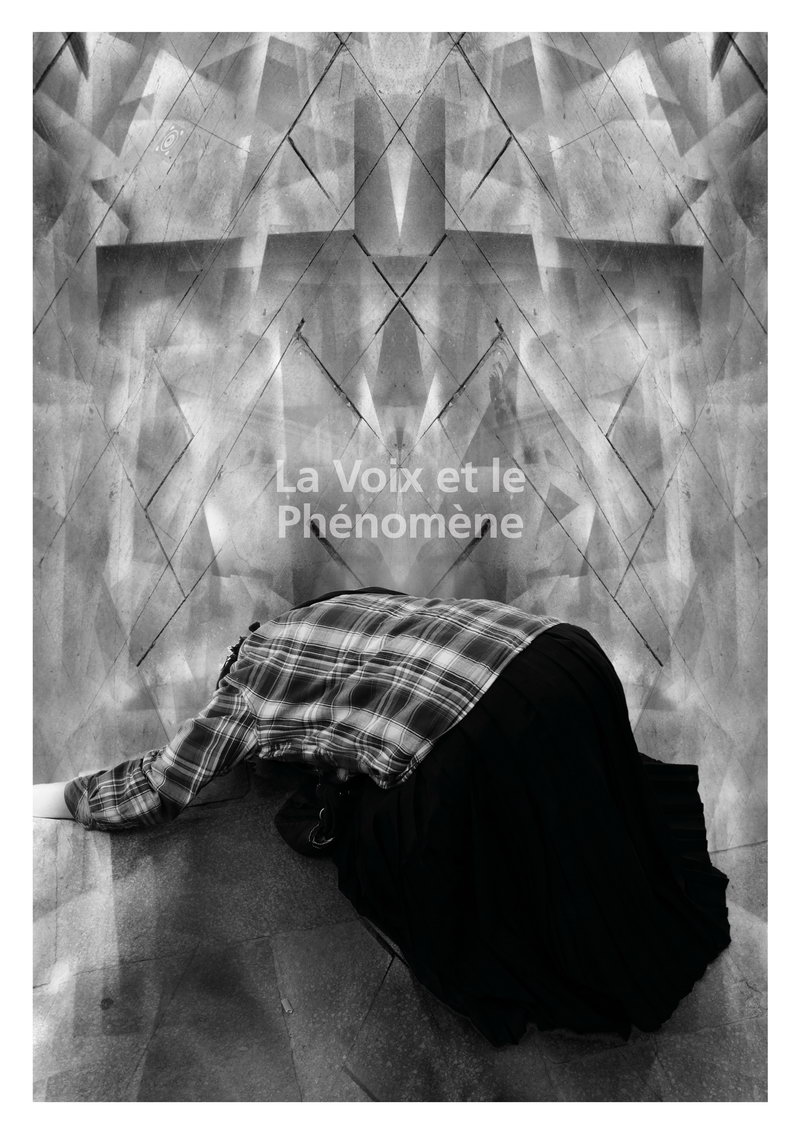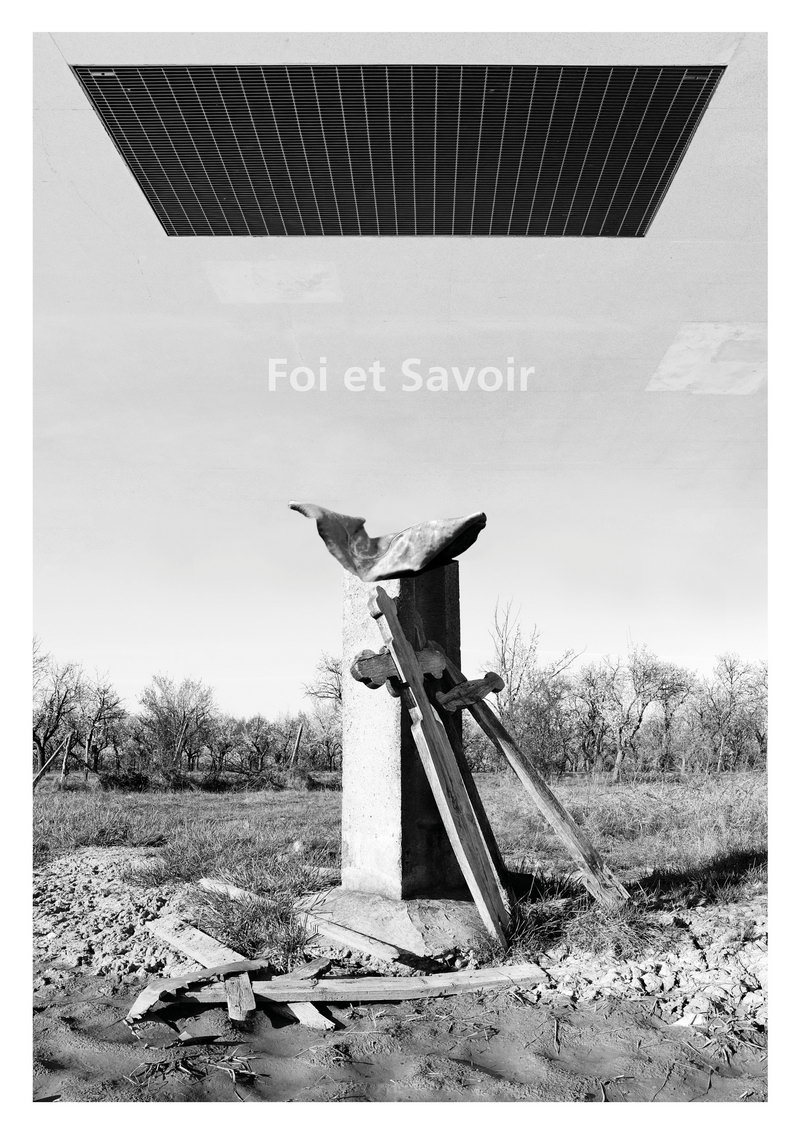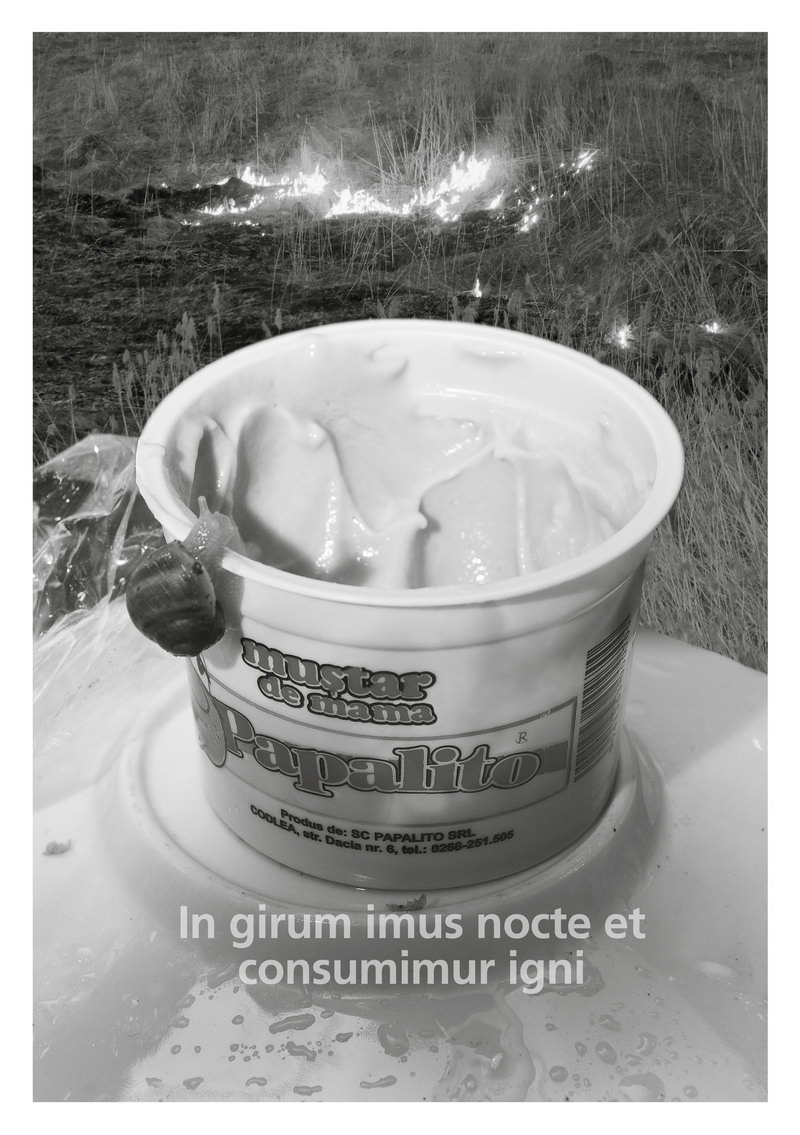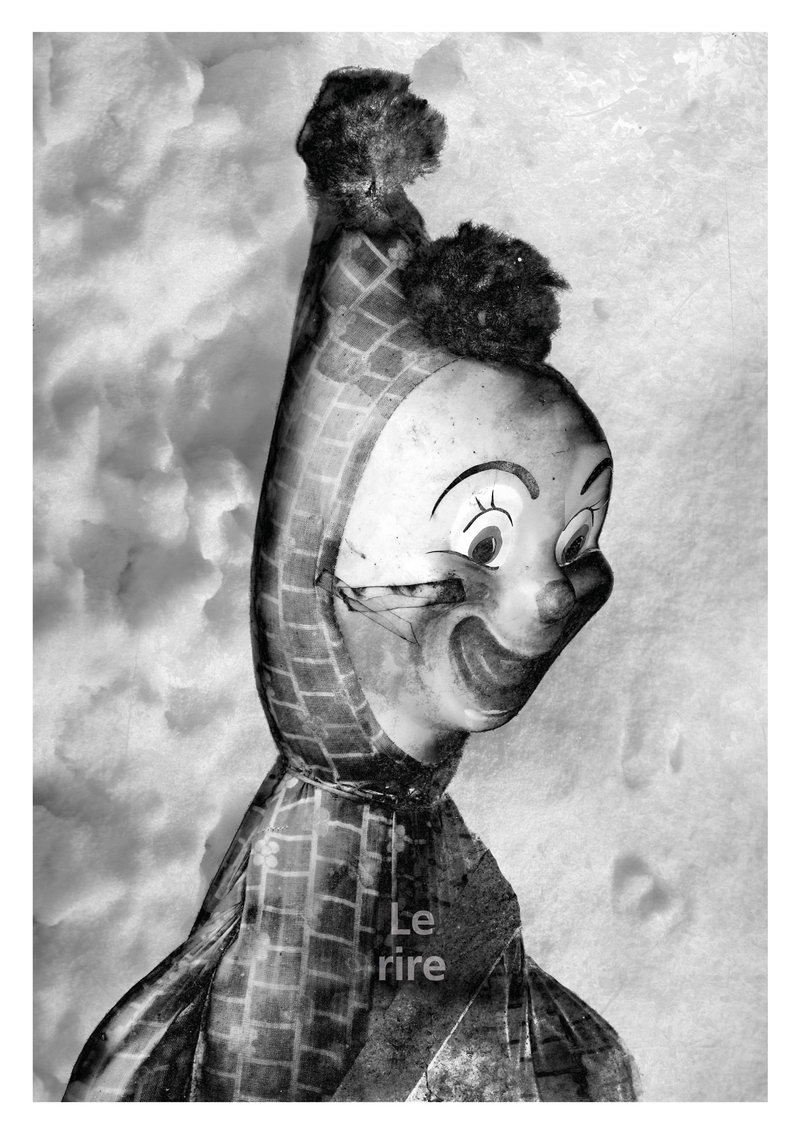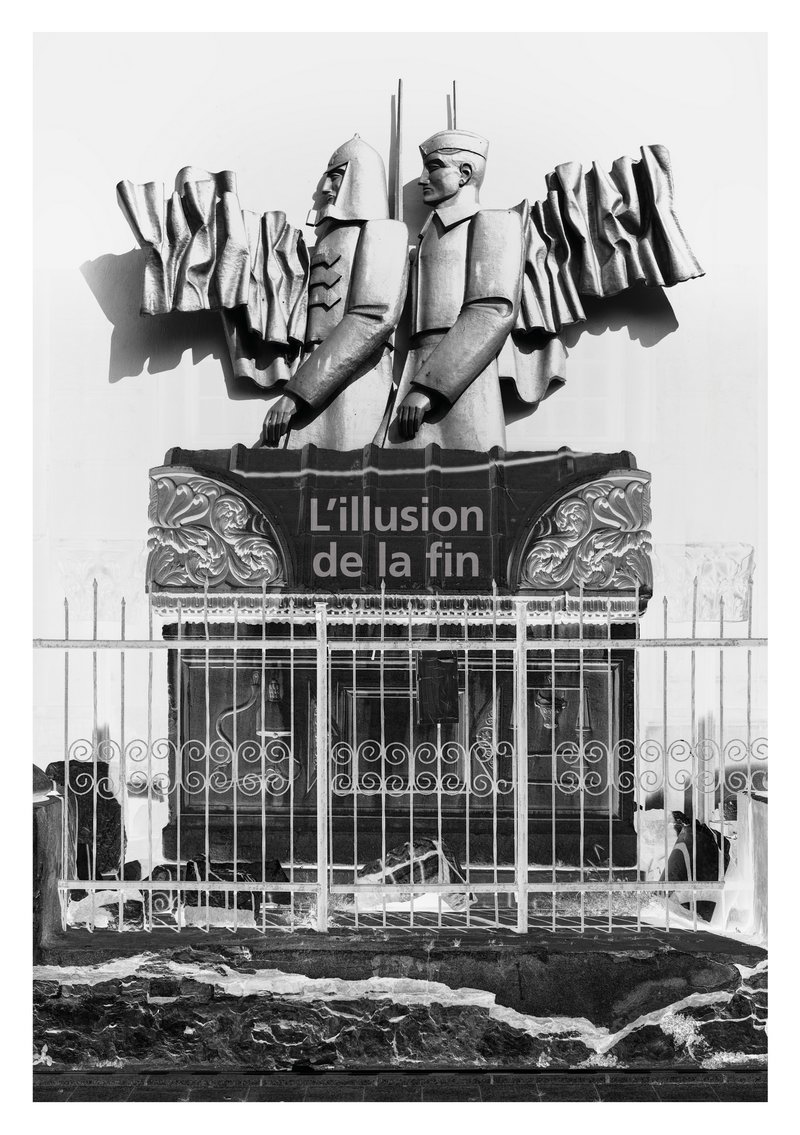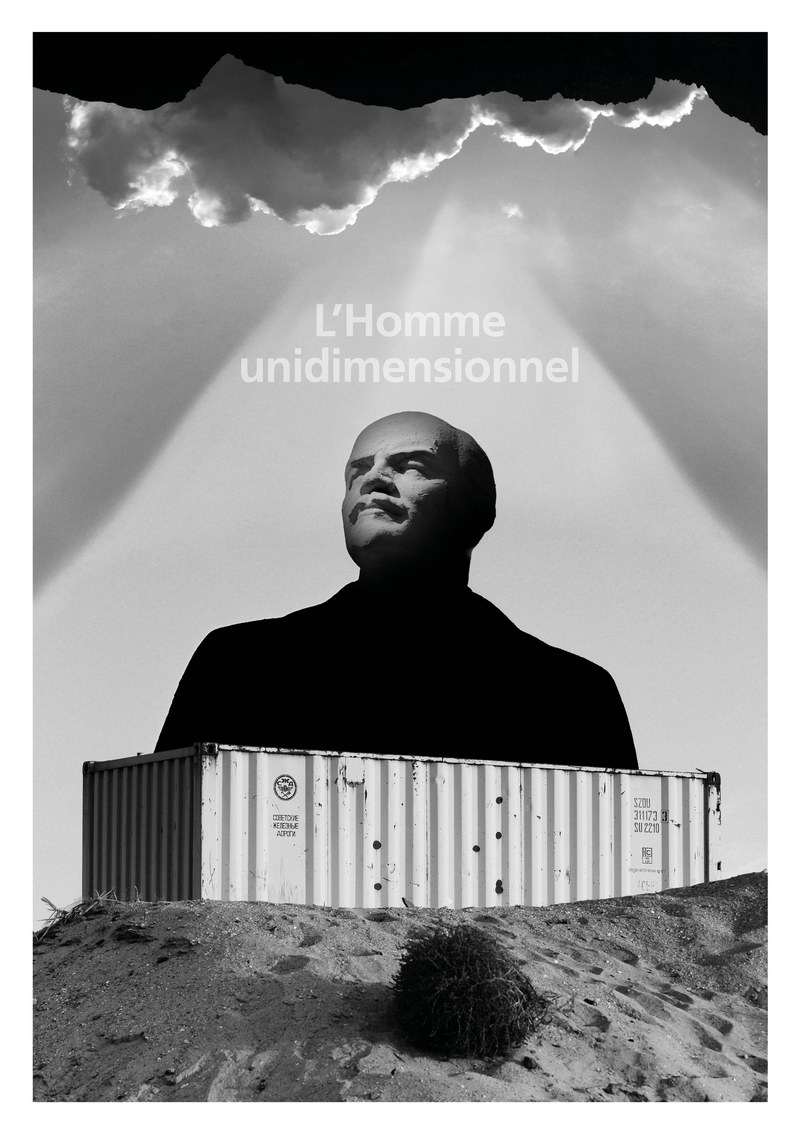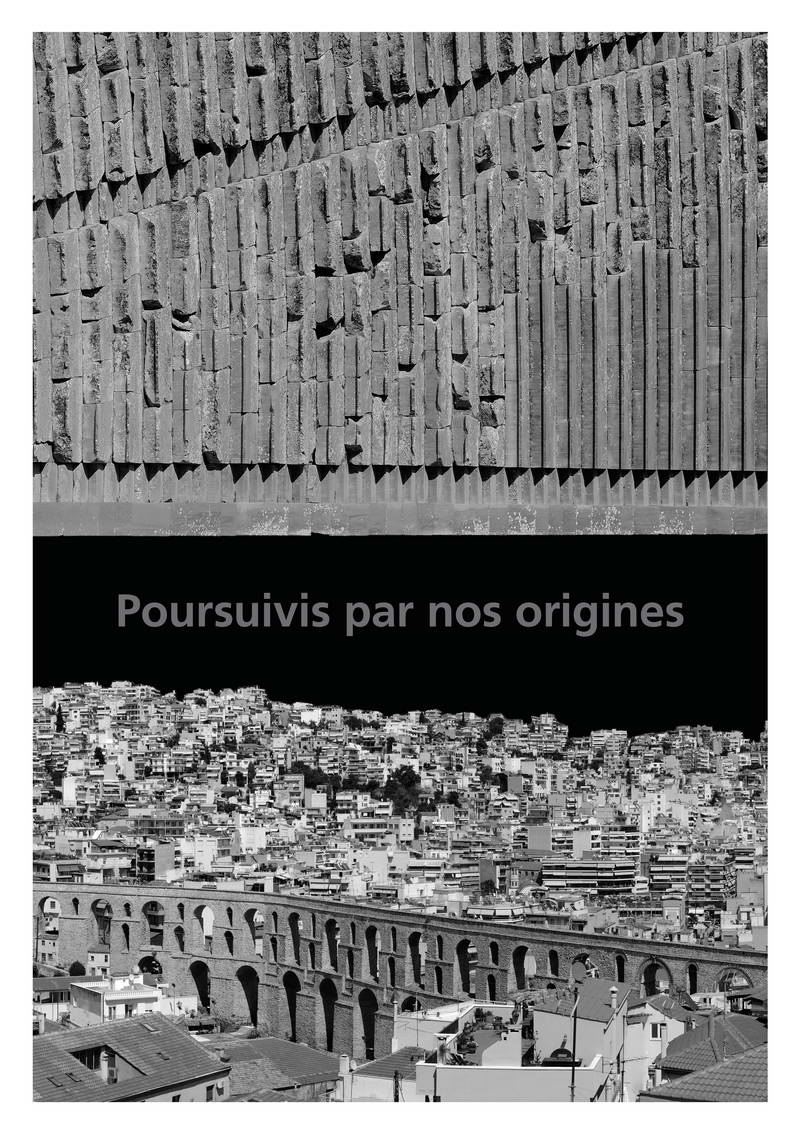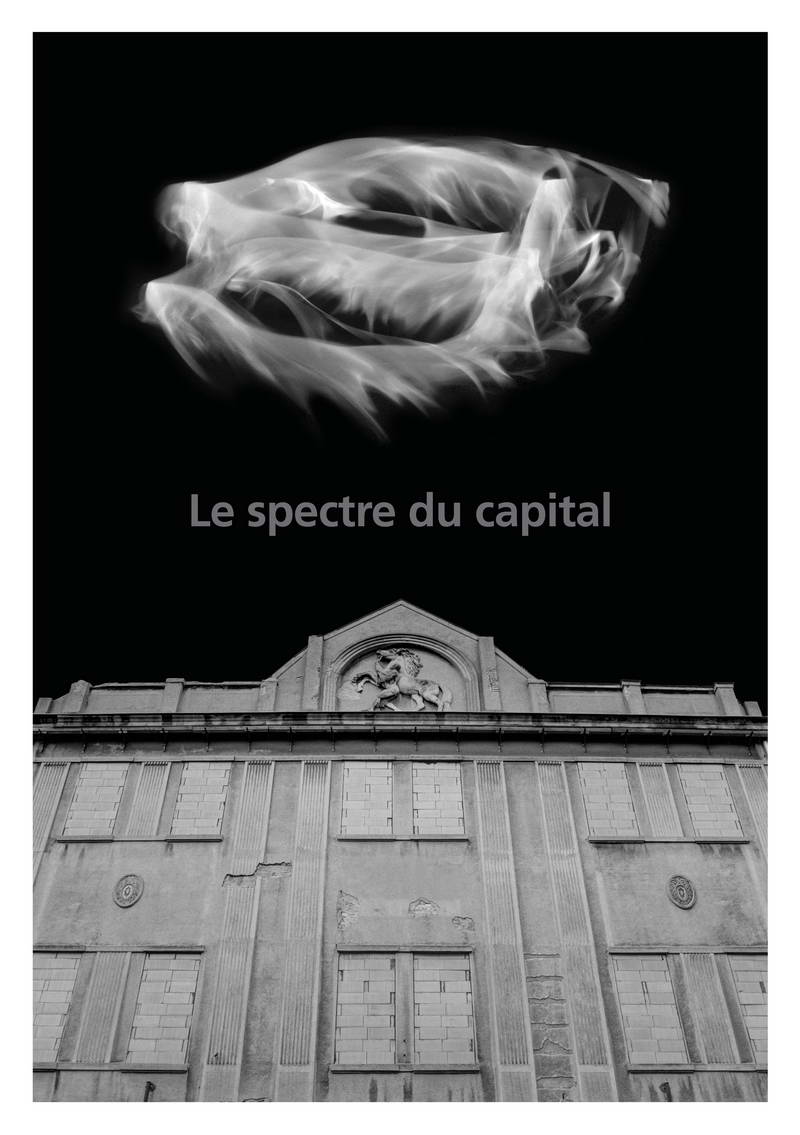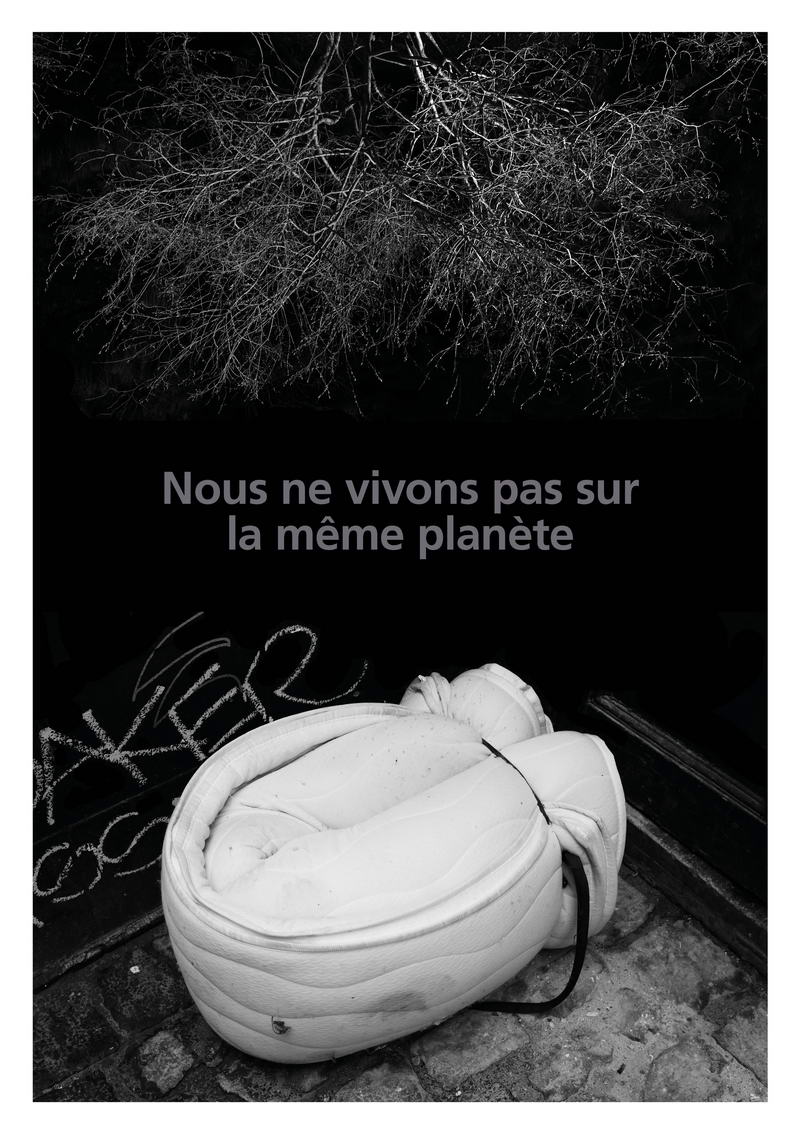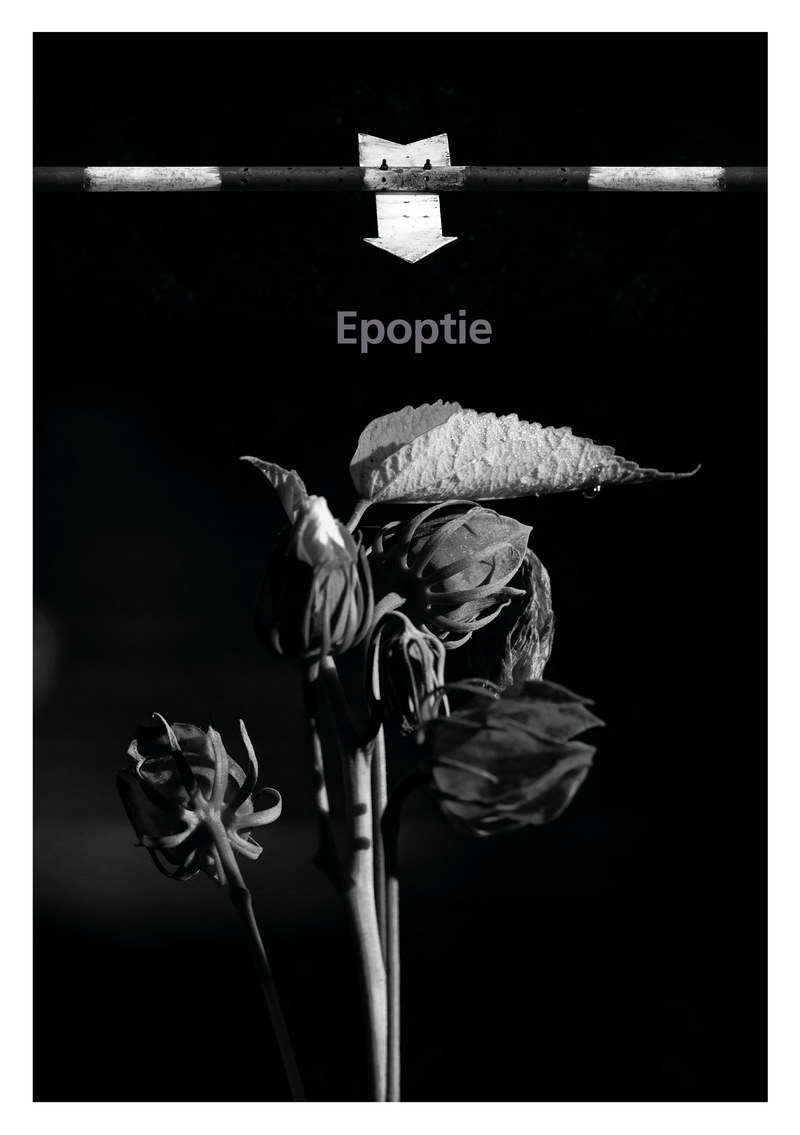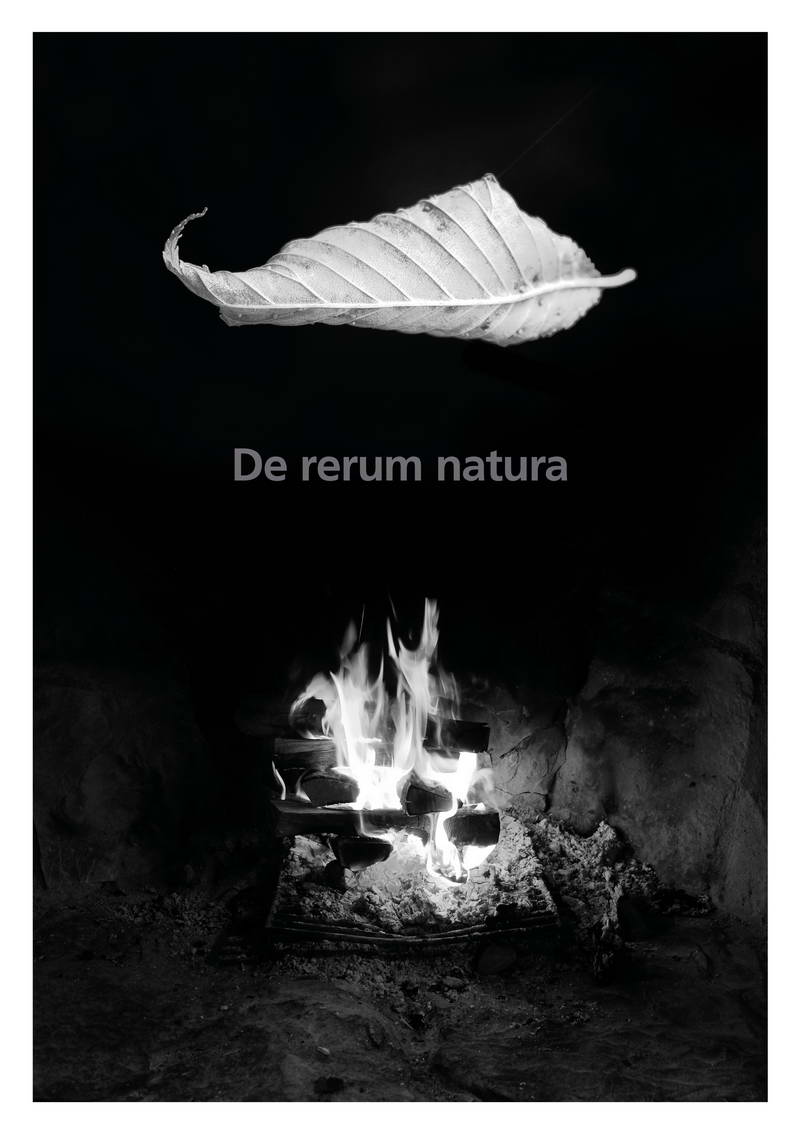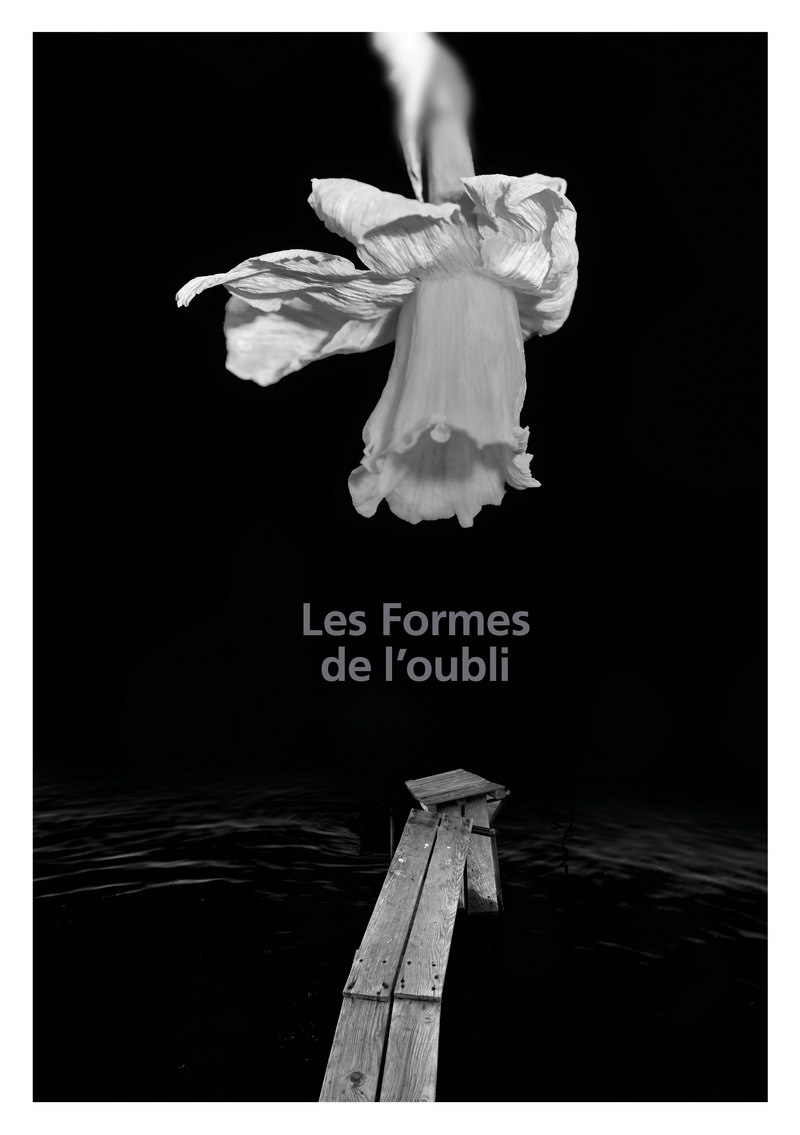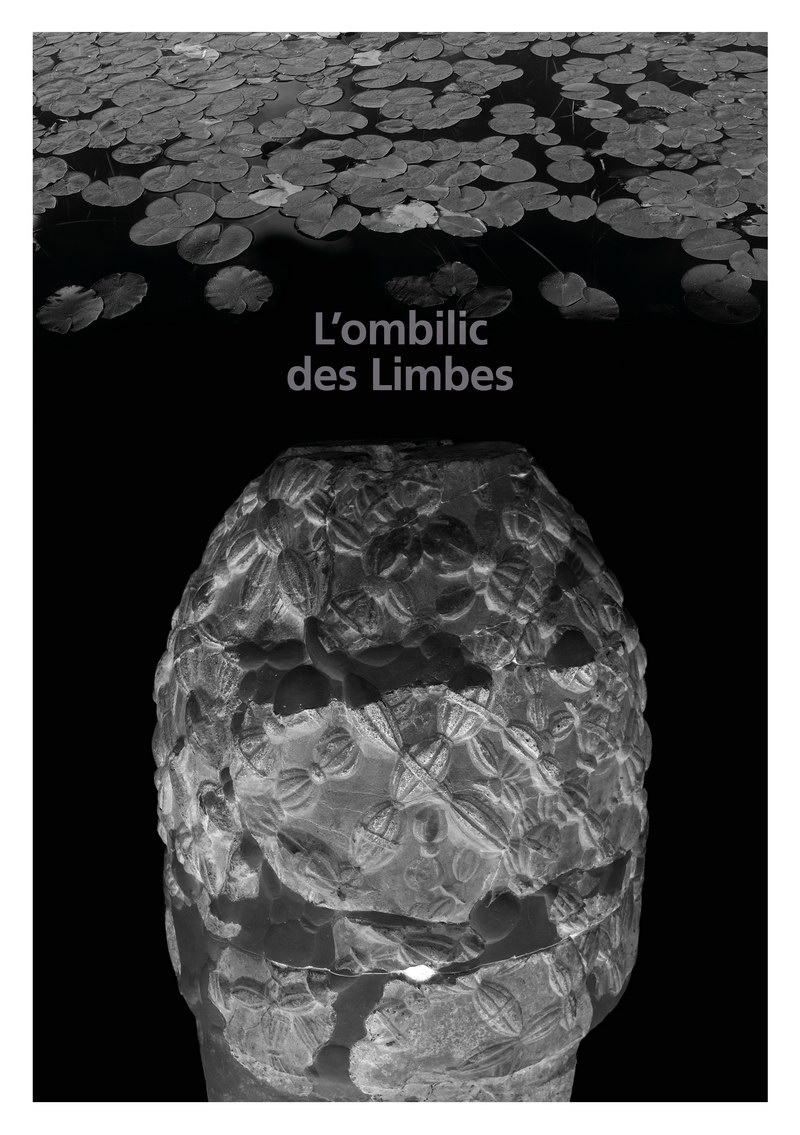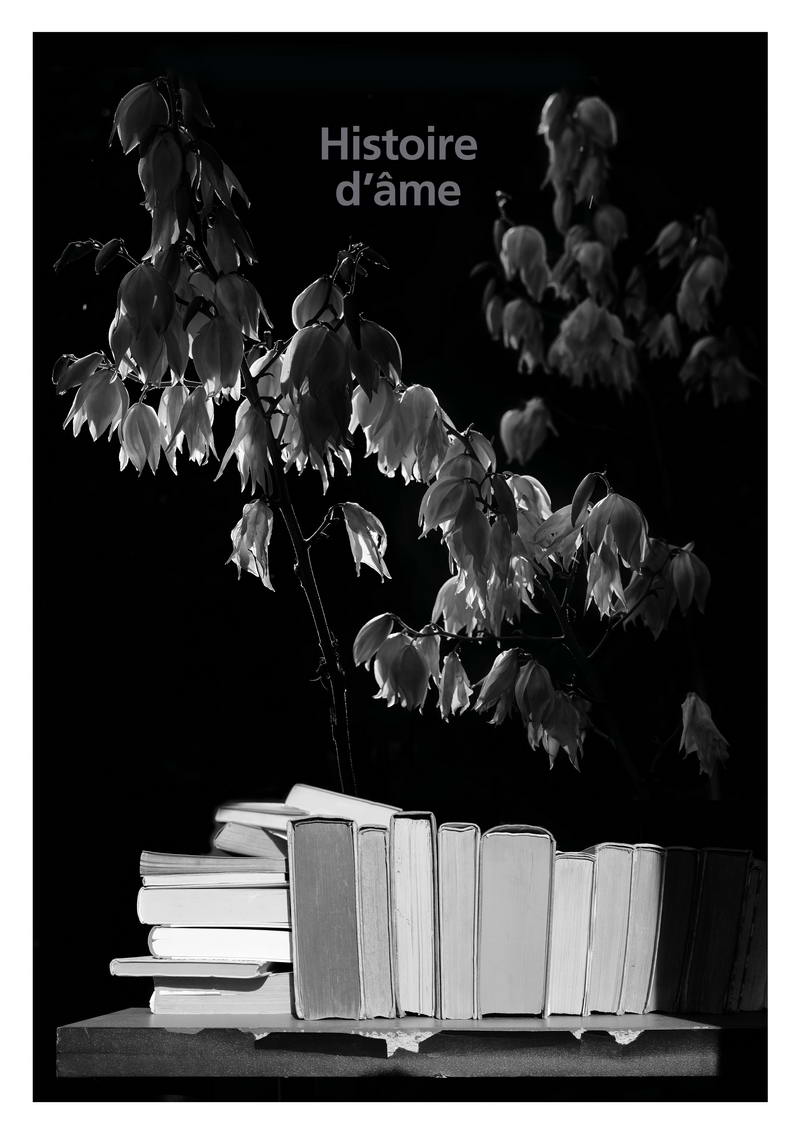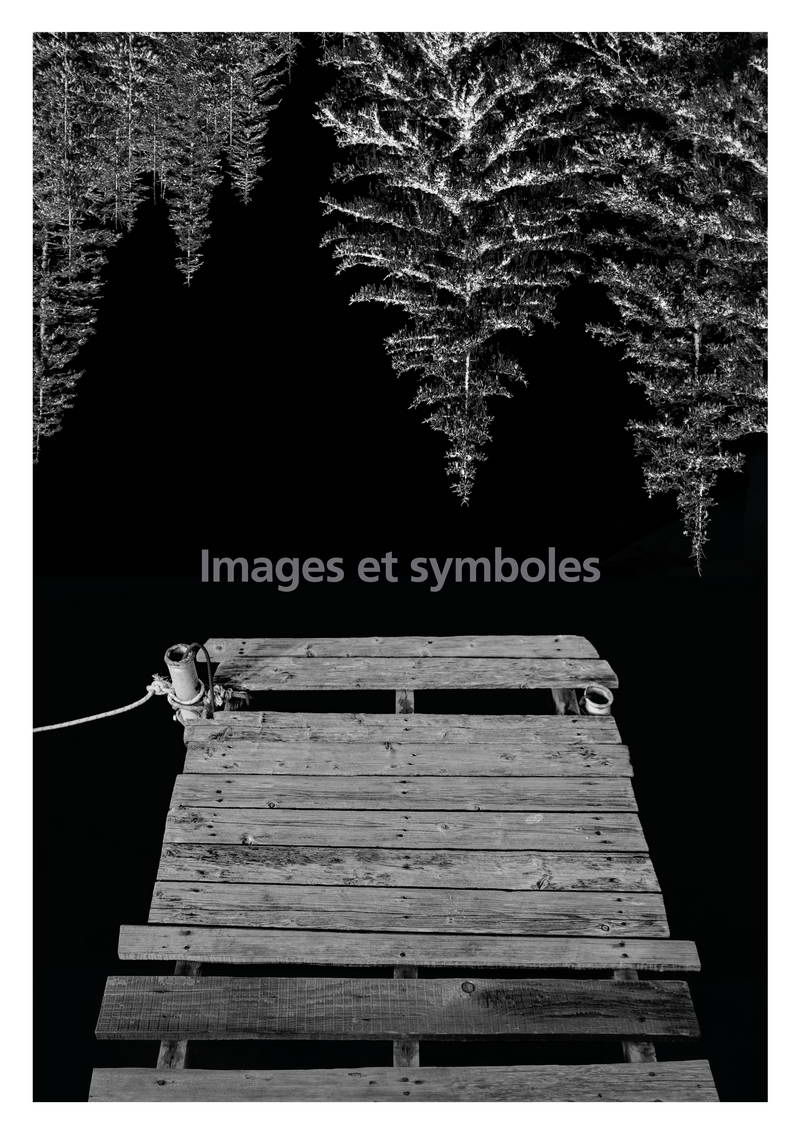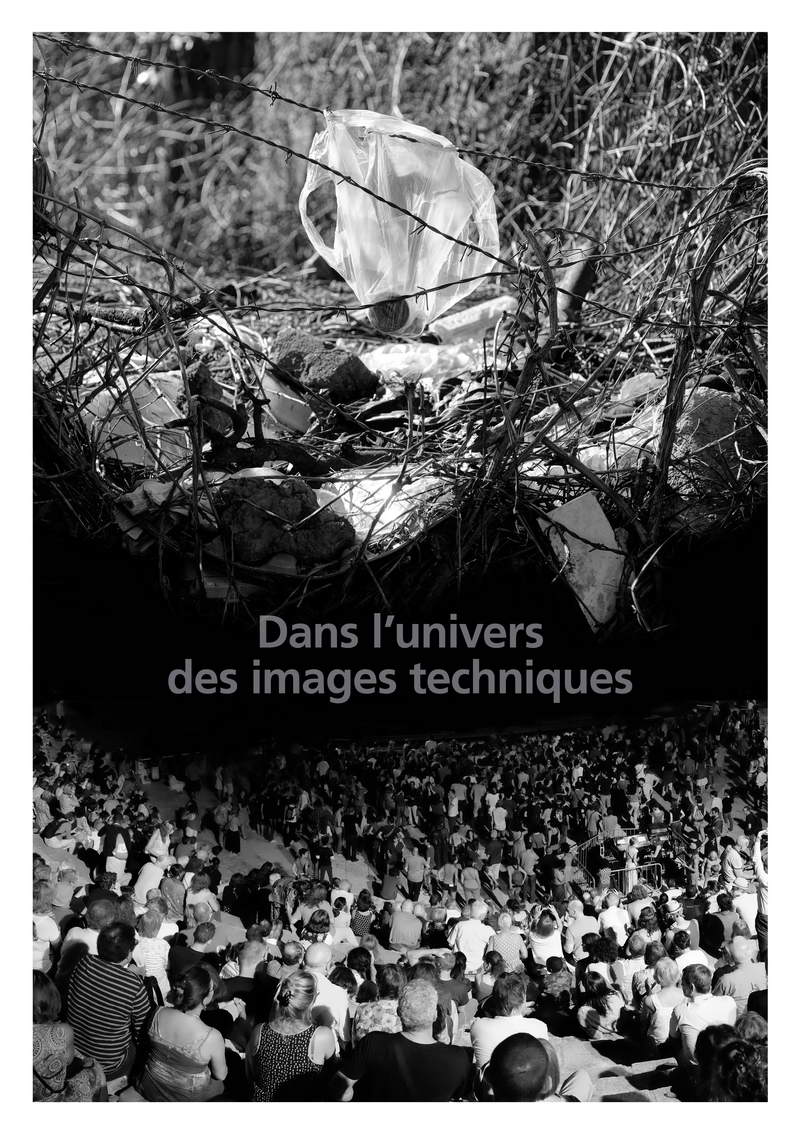COLLAGE
PHOTOGRAPHY, WRITING AND REALITY
The collages of Stefan Jammer rely on multidimensional dialectics to explore opposites. They contain contrasting motives joined into a pictural unit with opposing texts and imagines. The upper and lower part of the collages provide partially positive, partially dark, brutal, absurd sides of humanity. The words reflect book titles and are in French, the language of free thought and philosophical exploration. They are part of the collage instead of headings. They represent a commentary, or an interpretation, of the intersection between images and philosophical writings. Each collage evokes a number of possible visual meanings interpreting each other. The words and the titles infect the ensuing contrasts.
Often, images and texts claim to reflect facts and situations. However, "reality" is often contested as a philosophical concept. We are guided by organic and social activities while experiencing resistance, suffering and failure pointing at an independent reality. Image and writing support orientation but they are different forms of responding to reality; of recording traces of experienced reality; of placing markers or even of evoking and reinforcing attitudes.
Conventional photography claims reality as a physical imprint of an actual instantaneous point in space. Photography resembles our visual perceptual image. Photography, therefore, is closer to our sensorimotor activity than writing. Written characters are symbols. Letters usually stand in contrast to auditory and visual stimuli, similarly the written words. Accordingly, writing represents the interpretive, decoding, inferential activities of our attention. Not only audio-visual phenomena are transported, but whole patterns of interpretation are more or less explicit in the text. The writings of Cioran and Baudrillard - whose work titles Stefan quotes in his philosophical collages - engage with the literary rather than the scientific branch of though. They question the whole value of existence. In other words, what culture and humanity are. Thinkers like Cioran enables us to read experiences as models for one's own wandering of thoughts, free interpretation, values, understanding. In the collages, the work shrinks down to the title while the flood of images overwhelms the text which nonetheless represents, in the distant background, a potential key of understanding.
Text by Friedrich Hausen, translated by Ioan Achim Balaban
